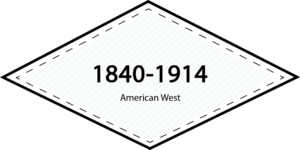
“Pioneer Spirit”
The American West, starting with photographic records, women who settled & worked the American frontiers influenced others worldwide
—— THE ERA IN BRIEF ——
Women of the American Old West had to be resourceful to cope with the elements that surrounded them: the harsh conditions, lawlessness, & living in an age where there were few amenities. Some women took to the gun as readily as any man, while others made lives for themselves apart from dignified society. But for women who made the trek west with their families, their lot was in raising children, running a household (that included food processing, candle & soap making, spinning, weaving, knitting, etc.), establishing schools & churches, & occasionally, warding off Indian attacks. Some were deeply involved in human & voting rights (the suffragette movement)

—— EXAMPLES OF WESTERN FASHION 1840-1914 ——
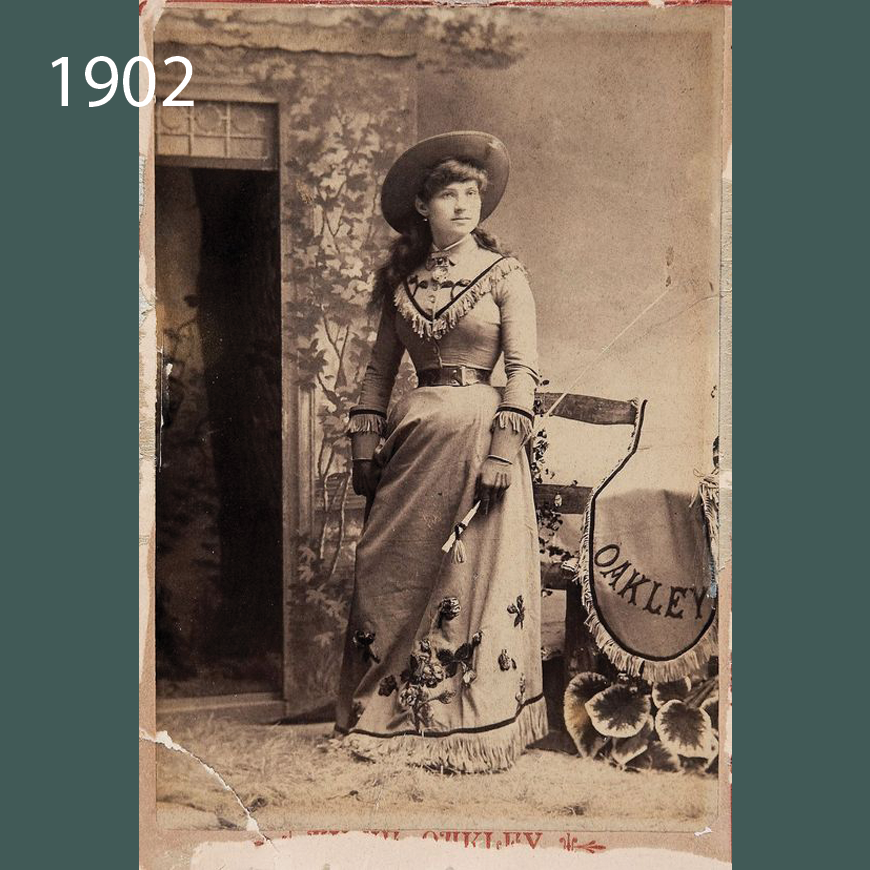
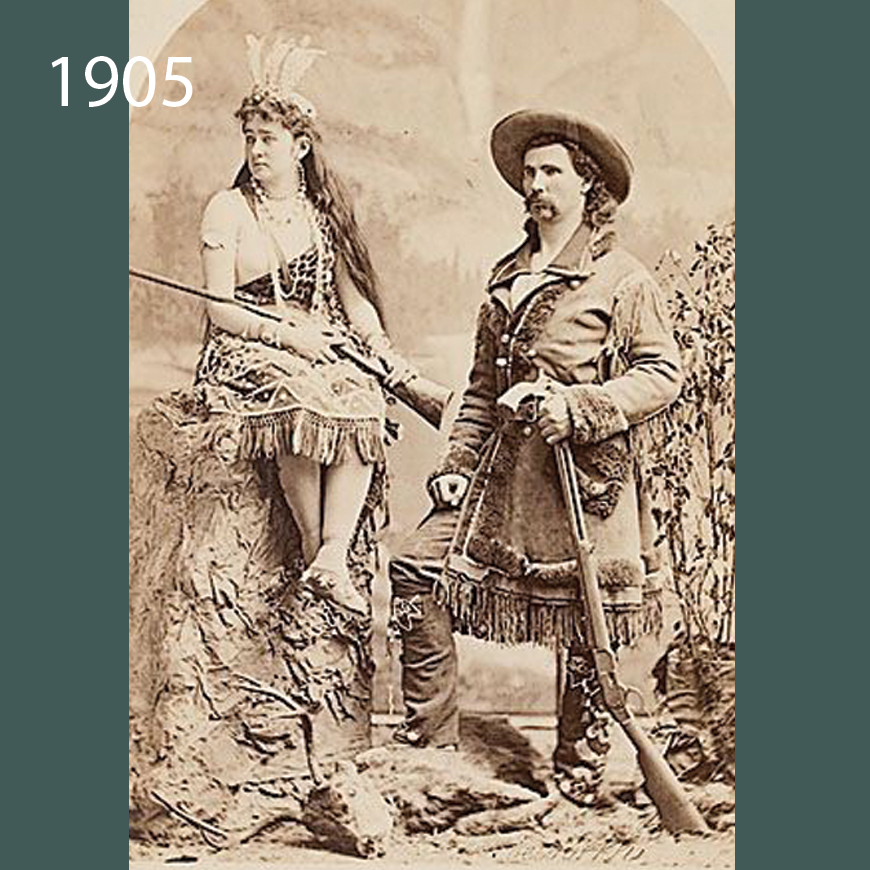
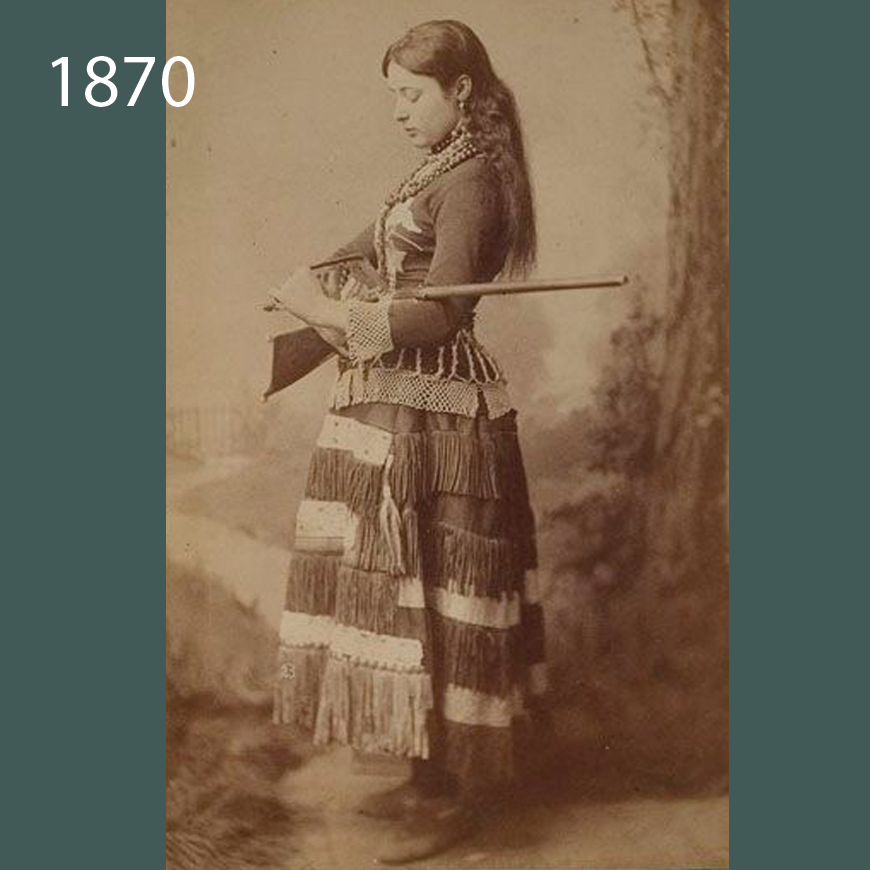
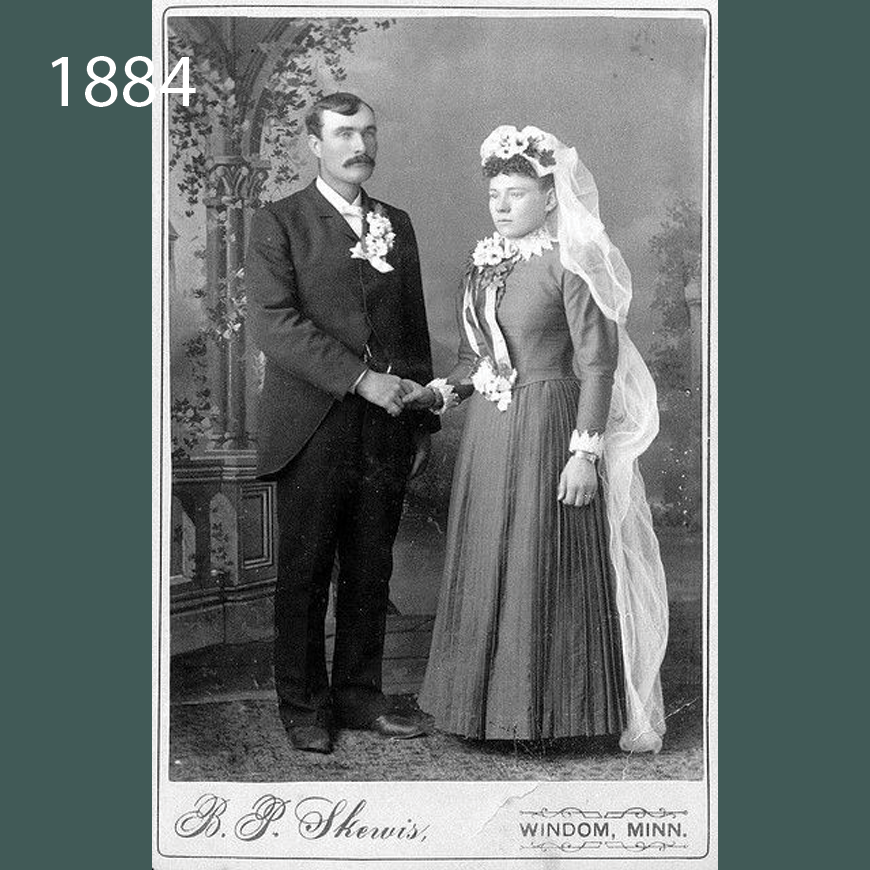
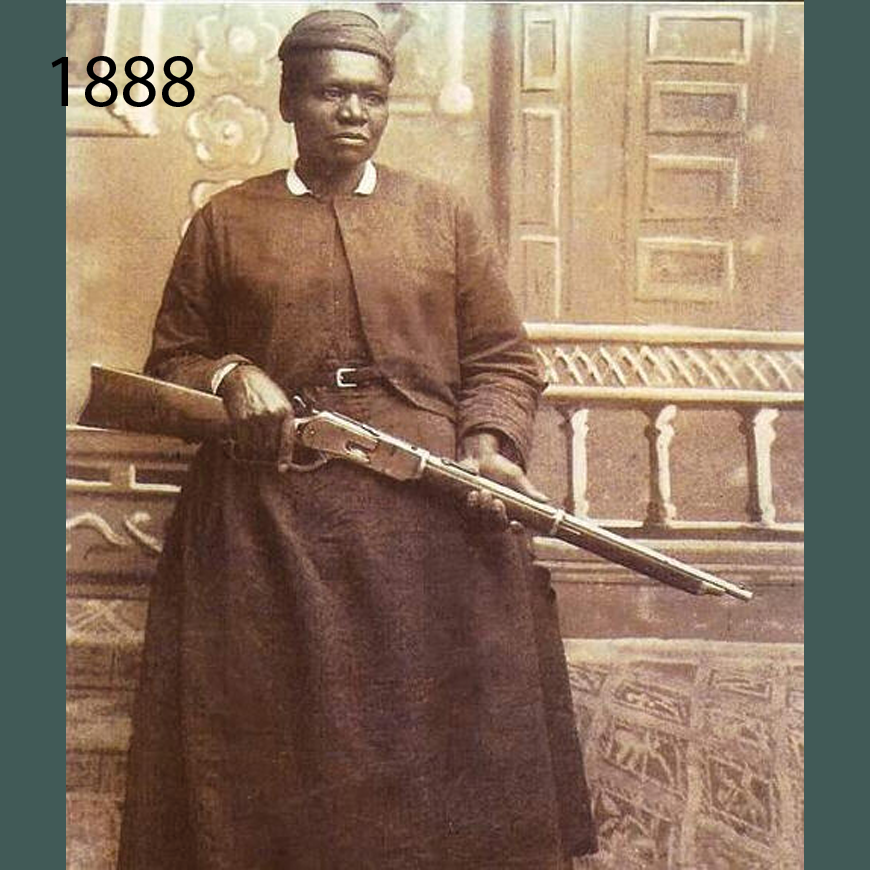
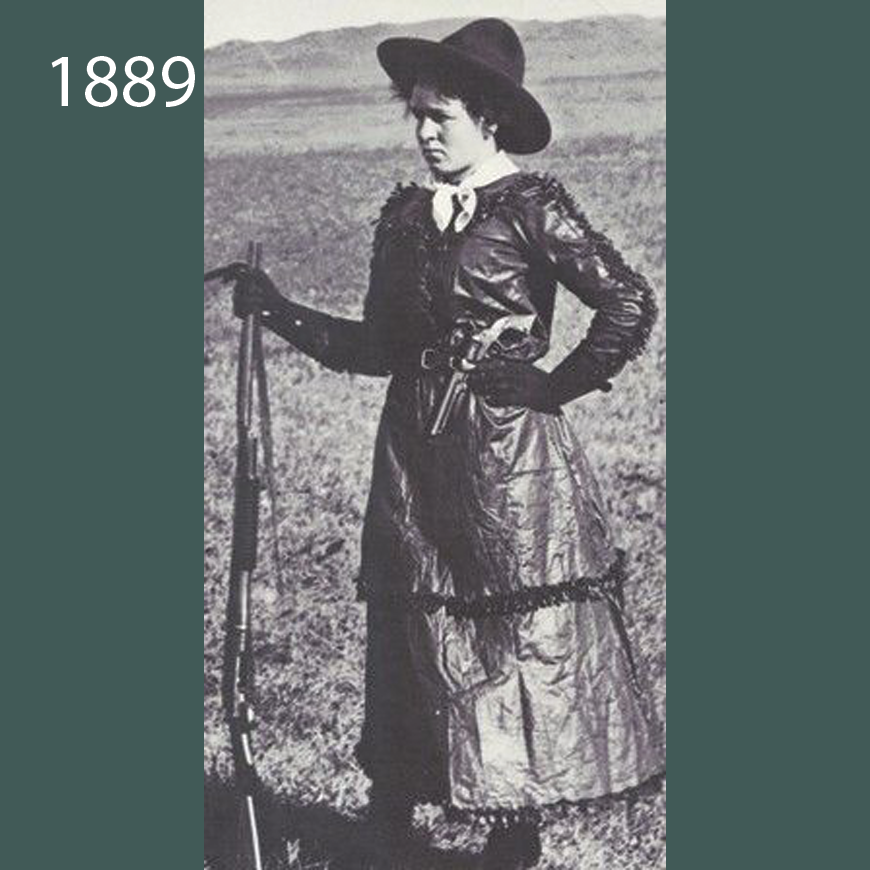
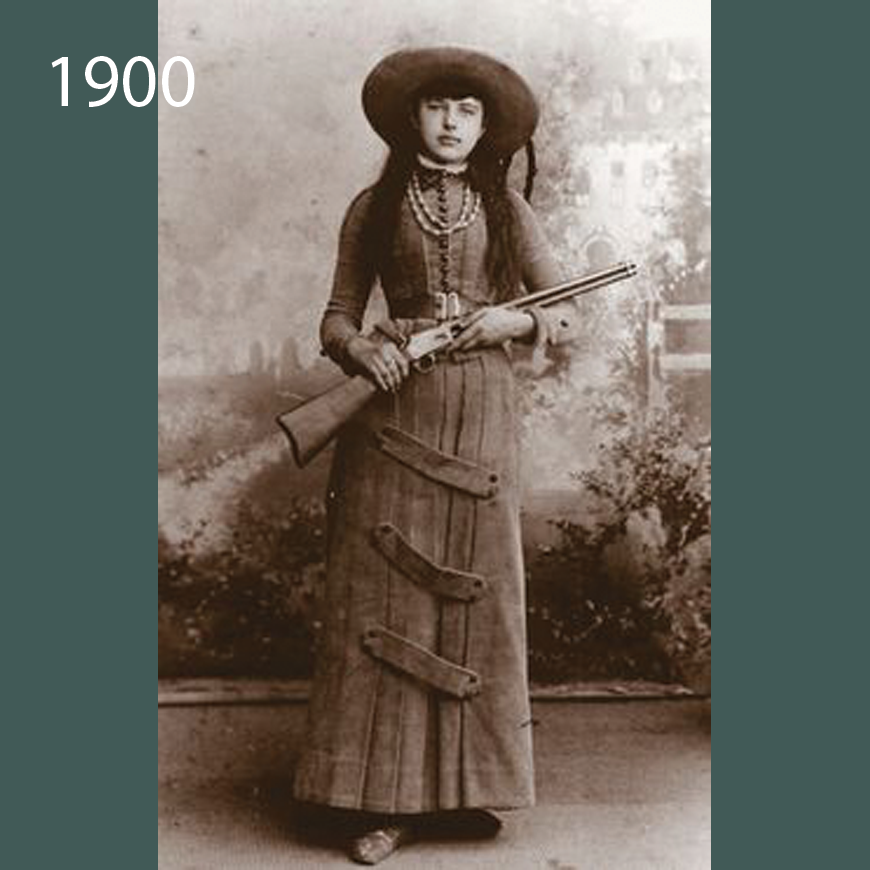

—— INTERESTING FACTS ABOUT THE OLD WEST ——
- Public performers such as singers, dancers, & sharpshooters could appear in short or split pants in the 1800’s, but it was indecent for any other women to do so
- Since there were not fashion magazines, people could only guess what was going on in the American west
- No one knew if American women created their own fashion trends, or carried those from the East
- Most women in the west were typically 2 years behind in fashion
- It was assumed Western prostitutes were dressmakers by day, and plied their trade at night
- The Stetson high crowned wide-brimmed felt hat nicknamed “The Boss of the Plains” was American born in 1876. Available in black or white so you could pick if you wanted to be the good guy or the bad guy these were worn by cowboys and cowgirls. They cost $20, about what a good cowhand earned in a month at the time
- Women wore denim jeans just like the men did in the West
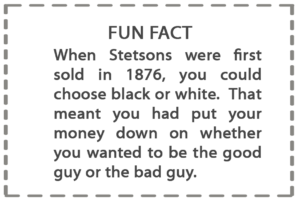
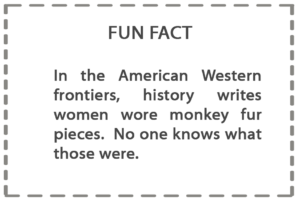

—— WESTERN SETTLEMENT & FASHION ——
Native Americans & ancient tribes lived on the North American continent long before European & eventually others from around the world emigrated to the continent to build what would become the United States of America. The Mayflower brought the Puritans in the 1640’s.
The next “wave” of immigrant women into America was in the early 1700’s – more specifically the 1730’s-1740’s during political & economical strife in Scotland & England. The English, holding “ownership” of the American colonies at the time, predominated settlement in the east. For this reason, most early women settlers & immigrants were of European descent.
There were two subsequent large European migrations after that; the first to the east coast, & the second of more direct affect to settlement of the “West”. In the 1880’s women from Germany & the Netherlands came down the Great Lakes to land in what is now Chicago. Some went south towards Missouri & Kentucky, but most settled nearby in the Midwest.
Midwesterners from what is now Michigan, Wisconsin, Minnesota, Iowa, & Illinois were among the great numbers that continued to move on westward in the 1880’s & early 1900’s. By 1862 when the first Homestead Act offered 160 acres in what would become Montana & Wyoming to anyone who would live there for 3 years, people jumped at the chance whether they knew anything about ranching or not. Iowa had run out of farmland for their 3rd or 4th sons. By 1910, when the government offered 320 acres instead, settlement began in earnest (& in Wyoming).
It was at about that same 1870-1910 time period that religious groups such as the Mormons traveled West. Many of these groups, including the Irish & Chinese who came to work on the railroads, were often staying temporarily or just moving through the West to get to California & Pacific coastal regions. Those of many different cultures did stay, although documentation of their influence on fashion is difficult to find.
When history talks about “Old West”, it refers to geographical regions west of the Mississippi River, north to the Canada border, south to Mexico, & west to the Rocky Mountains. Nebraska, Kansas, the Dakotas & anything west of the Mississippi River was still considered to be the”Old West” or the “Wild West”. Iowa & Missouri, sitting on the Mississippi, were “West” too.
There were relatively few women of European descent west of the Mississippi prior to the 1830’s that can be tracked for fashion trends, & assumption can be made that in the years 1840-1914, women were predominantly of European descent, regardless of skin color. Until the common usage of the camera in the late 1840’s, little was recorded of what women were doing (& wearing) from the Mississippi westward.
“West” seems to mean the legends & tales of the time from 1840-1915 – from when the first Europeans arrived in some force to the advent of World War I. It’s considered to have been the time & place of cattle, outlaws, trains, & bordellos. The challenge is to get behind that to find out what real & “regular” people were doing & wearing.
The only firmly recorded history seems to be of of prostitutes & fallen women who fell on the profession of necessity to survive, or followed the gold rush of 1849. There is record of outlaws & cattle women, but usually in papers outlining something terrible that happened. Land records of Homesteading & business ownership document some facts. Mostly, we must rely on verbal stories, legends, diaries, periodicals, or artifacts to under the lives – and clothing – of the pioneer women of the 1840’s to 1860’s before the railroad became the means of crossing the country in the 1870’s.
For purposes of our depictions we begin with the advent of the camera in 1840. Prior to that, we must make assumptions based on paintings & sketches of artists who explored the West, or draw conclusions based on observations about history & emigration; the movement of ideas & materials from one place to another.
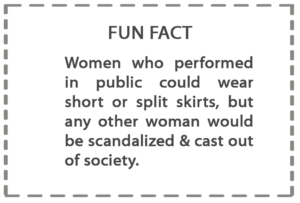
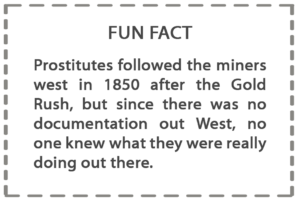

—— FEW FACTS & A LOT OF FIGURING ——
Fashion of the Old West is based on (in this order): real articles of clothing, photographs, portraits, paintings by Western artists, sketches, journals such as explorers or land records, obituaries, diaries, newspapers, magazines, notes in Bibles property ownership records, word of mouth, stories, & legends. Some, like the record of how many dresses a woman left in her will, are accurate. Others, like the story handed down by your great-grandmother or the story of Calamity Jane & General Custer, have to be interpreted.
Design & depiction of fashion of Western America fashion must put all those odds & ends together, along with what is known about influences, environment, availability, attitudes, culture, values, & assumptions about the person or people being studied & depicted. There are whole professions, notably Anthropology, which study these factors. Yet other professionals such as Museum Curators spend whole lifetimes gathering & studying the clues of fashion.
For our purposes for depiction, we must trust the research of those professionals, & draw the best conclusions we can based on which facts are known, but add Grandma’s stories to breathe life into our depictions. Our projects will assume fashion for depiction is based on one of the factors below.

A) Fashion and/or the concept of fashion of the day was physically carried from the east coast (originating from the same influences as Easterners), & then modified or adapted to suit the culture, time, place, or activity;
This starts with the assumption whatever the current trend of the east is being carried west, & will focus on those factors which would cause them to be modified; e.g. materials, patterns, or communication unavailable;
It means fashion will almost always be 1 or 2 years out of style compared to the east;
Designs based on this assumption will end up being modifications of whatever was in style in the east a couple of years prior to the depiction.
B) Clothing was origined out of local materials; e.g. furs, leathers, & therefore based on the same influences as men’s fashion such as evolution of the cowboy ensemble, almost strictly for function;
These projects will be researched & developed per project by specific region, working with our subcontractors who specialize in indigenous materials;
The American Cowgirl in particular demands research into male clothing & its adaptation for women.
C) Fashion design & clothing was a combination of above; e.g. western innovations like denim jeans which arise out of functional need; yet using modern technology of fabric, dye, & production that comes from the east which combines local availability of fur, skin, or locally made fabrics or materials (such as spun or woven yarn) with those of mass production or import;
This will be the result of very specific character of research, since it combines extensive historical data as to fashion of the day PLUS the specific geographic region including all aspects of the time & place;
It cannot be generalized.
D) Design & construction of garments comes of native, ancient civilization inspiration, influence, or actual use;
Silhouettes intentionally choses not to develop “D”, as the world of ancient & Indian cultures is vast & complex, & can take a lifetime, although influences of such will be considered with characters where that is pertinent;
We will refer customers to appropriate professionals who can help them with this.

—— WYOMING – REPRESENTATIVE OF THE WEST ——
Because the history & settlement, & therefore women’s fashion of the American West is as vast & wide in concept as it is in miles of mountains, lakes, & prairies, we will focus on Wyoming as our prototype for costume development. Wyoming is the icon of the Old West; the standard by which settlement of the western US is gauged.
A STATE OF EQUALITY
Wyoming was also the first place in the entire world where women finally gained full emancipation, & therefore represents the summation of all the eras around the world that we have been studying. It was here that over 200 years of gradual reform & activism by women around the world came to fruition quickly & of necessity in typical Wyoming style which doesn’t “beat around the bush”.
Wyoming is called “The Equality State” because immediately at its establishment as a territory in 1868, women had the right to vote. When it became a state in 1890, women still had the right to vote, long before other states like Illinois had to be forced to comply with the 19th amendment in 1920.
The Wyoming territory was defined in 1848, & was established officially in 1868 as trade agreement following the Mexican-American War, & according to treaties over the period 1832-1890 with indigenous tribes of Arapaho, Bannock, Blackfeet, Cheyenne, Crow, Gros Ventre, Kowa, Nez Perce, Sioux, Shoshone, & Ute whose influence & presence remains today.
A Wyoming pioneer is considered anyone who emigrated into the territory between 1868 & when the state entered the union in 1890, & as recorded by the 1870 & 1880 US census and/or land ownership records.
TRANSPORTATION CENTRAL
The many pioneer trails including the Oregon, California, & Mormon Trails passed through the lower half of the state. The Mormon Trail, established in the 1830’s along the south of the state saws 350,000 emigrants traveling on it by 1847. By 1851, the southern parts of the state had become populated with pioneers.
When the first Transcontinental Union Pacific Railroad reached Cheyenne, WY in 1867, the state started to be populated. The Branch spurs northwards to the ranching & coal mining areas of the north took many pioneers north, but there was never a “boom” in the settlement of the northern area. The railroad promoted settlement of the region in order to bring families, merchants, & trade so that they could handle the increased trade of goods coming from the east, & cattle going to the east.
1859 saw the development of the Bozeman & Bridger Trails when gold was found in Montana. While the gold played out quickly, the trail became a heavily traveled route for cattle drives.
CONFLICT & SETTLEMENT
The Powder River Basin, through which the Bozeman ran was central to the state. The area had been agreed upon by treaty between the US government & the Native Tribes to be completely left alone as it was their sacred hunting ground. Intense & continual conflict ensued between immigrants moving in or passing through, & Natives of the region.
Treaties made at that time to settle that conflict were later broken by the new immigrants, causing yet further conflict between Natives & settlers in 1876 on the Montana & Wyoming border to the north. Many forts were established at this time at locations of trading posts to interface the conflict.
The Homestead Act of 1862, which gave 160 acres of land free to anyone who would live on it for a continuous 3 years, brought settlers from the east. Many were teachers or merchants, & did not know what they were doing. The huge ranches that had already been established had claimed general rights to open grazing, & these ranchers did not like the small farmers & ranchers using their water resources.
From 1889 to 1893, the large ranchers organized into a political force to drive the small settlers out. The US cavalry was brought in to settle the disputes, but much Wild West history of movie & literature depiction was made of this era.
The 1860’s to 1900 were known as a time of outlaws. Notables were Butch Cassidy, Harry Longabaugh, & the Hole In The Wall Gang. Many of Wyoming’s Notable Women were a part of the outlaw world, yet many more were on the opposite side of lawlessness.

—— WYOMING WOMEN OF INFLUENCE ——
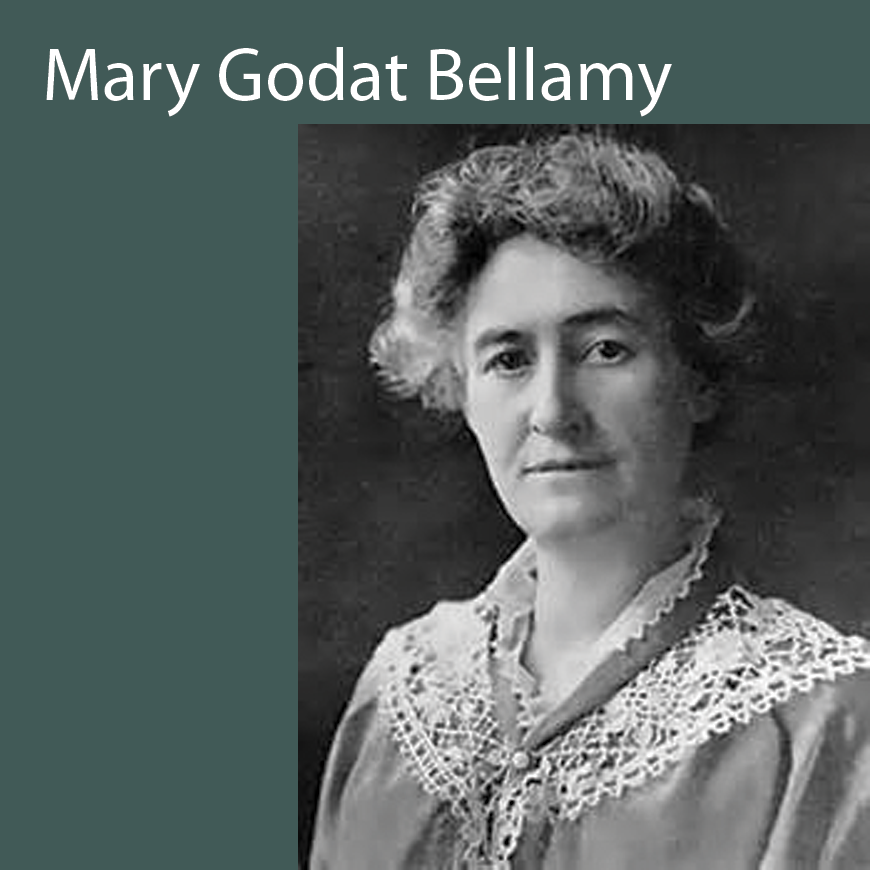
- Mary Godat Bellamy: a resident of Laramie, was the first woman elected to the Wyoming State Legislature. A school teacher by profession, she was married to Charles Bellamy who was the first licensed professional engineer in the United States. Together with her husband, Mary supervised many surveys of the northern Rocky Mountains including a lake in the Snowy Range which he named Lake Marie in 1879 in honor of his wife.
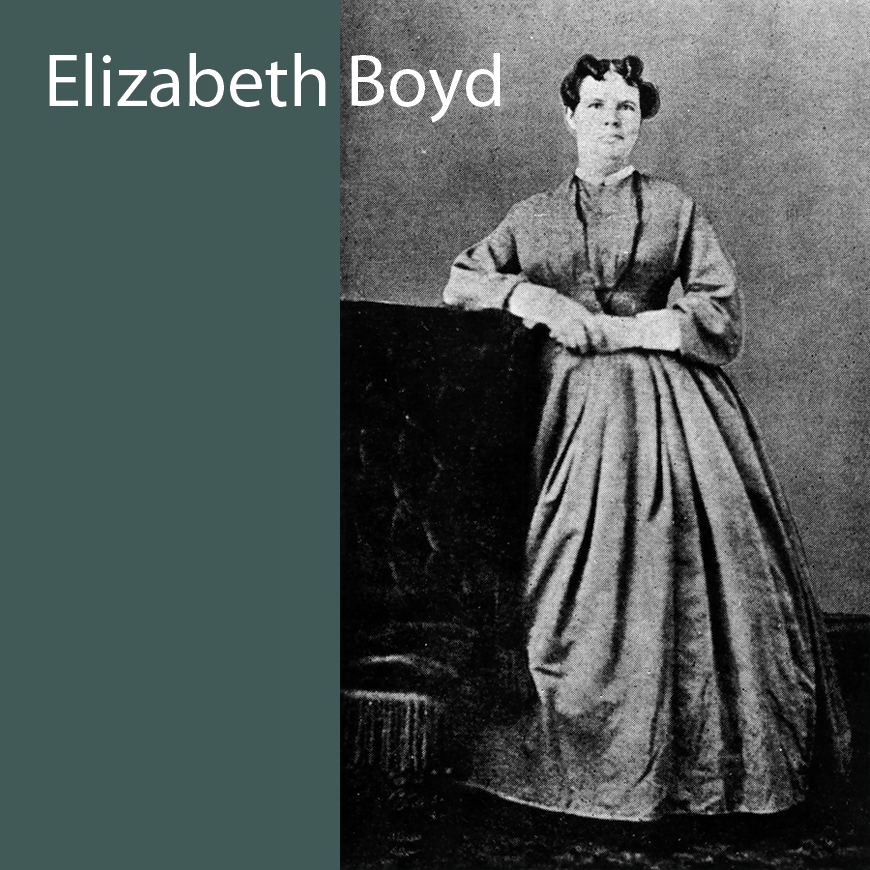
- Elizabeth Stewart Boyd: the first school teacher in Wyoming, & later the founder of Laramie’s first library, was called up from the voter rolls in 1870 to become the very first woman to serve on a jury.
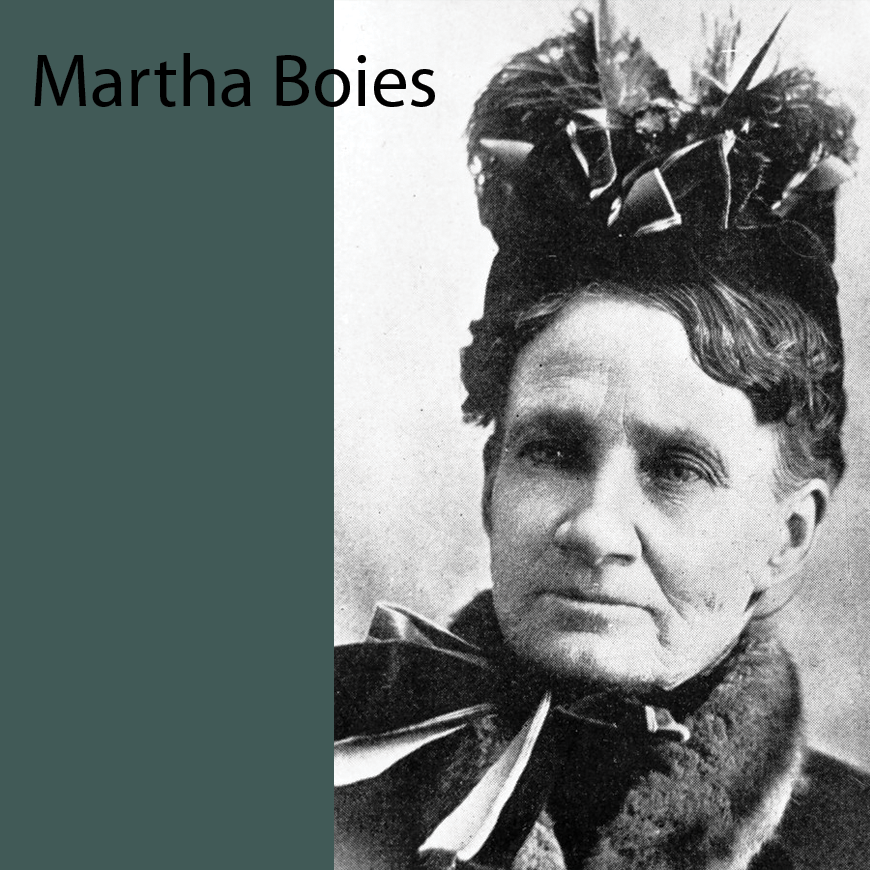
- Martha Symons Boies: arrived in Wyoming 1868 in a horse cart with her children in tow. She was appointed the first ever female bailiff in 1870 because the first ever women were serving on juries. Only a woman was permitted to guard female jurors at their hotel & to escort them to the necessary; making only a woman eligible as bailiff.
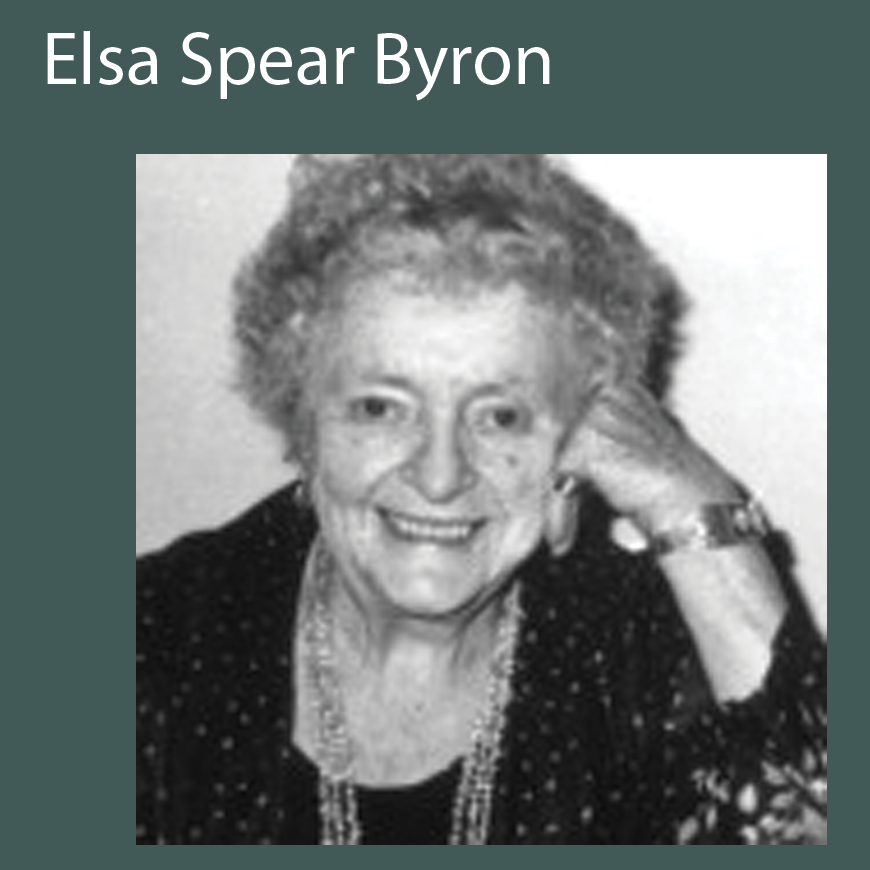
- Elsa Spear Byron: renowned American photographer. As a young child, she learned to help her mother make photographic prints from a plate camera purchased in 1900. Her photographs were sold all over the country & greatly enlarged prints were used by the railroads to advertise train trips to Wyoming. A first – generation Wyomingite & a Mayflower descendant, Elsa lived in the same house for nearly 70 years until her death in 1992.
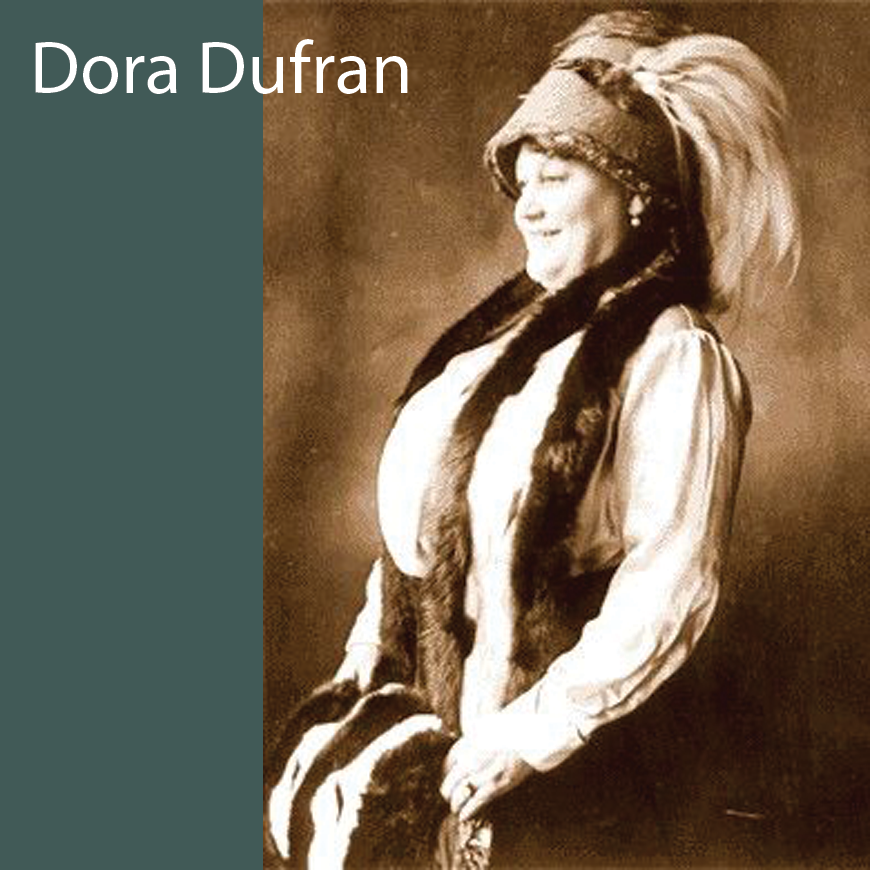
- Dora DuFran (aka “Amy Helen Bolshaw”): was born in England & came to America around 1869 to settle in New Jersey. She was extremely good looking & became a prostitute at age 13-14. soon after she became a dance hall girl, calling herself Amy Helen Bolshaw. When the gold rush hit, “Amy” moved to Deadwood, South Dakota at age 15 & promoted herself as a Madame & began operating a brothel. She preferred to have very pretty girls work for her, but the selection in the west was very limited, so she satisfied herself that her girls were clean & healthy & demanded they practice good hygiene & dress well.
Dora (now called “Dora” again) picked up several girls who arrived in Deadwood via a wagon train led by Charlie Utter. Dora is credited with coining the term “cathouse” after Charlie brought her a wagon of cats for her brothel to clean up the mice.
Calamity Jane worked for her (“Martha Jane Burke”); her main competition was a deadwood Madame Mollie Johnson. She had several brothels over the years; most popular being “Diddlin’ Dora’s” in Belle Fource, SD which advertised itself as the “Three D’s – Dining, Drinking, & Dancing – a place where you can bring your mother”. Cowboys who visited the place responded by stating “I wouldn’t want my mother to know I had ever been there.”
Dora’s other brothels were in Lead, Miles City, & Sturgis SD or MT. She was a successful brother owner until the day she died.
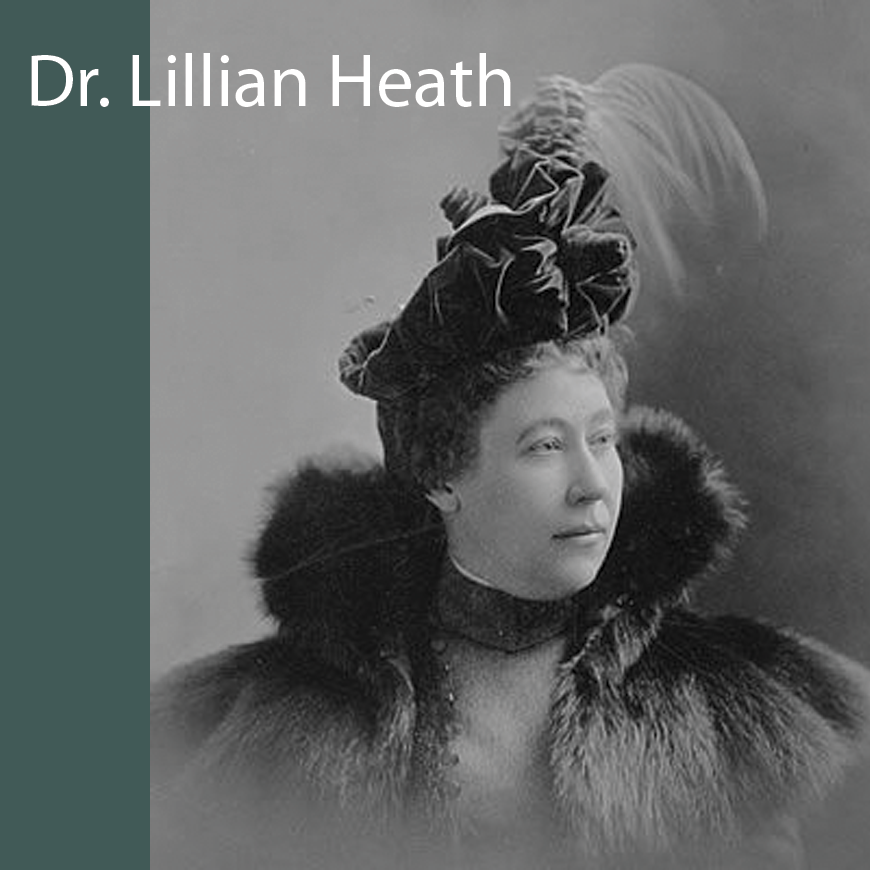
- Dr. Lillian Heath: 1 of 3 of the first women to graduate from medical school in 1893. She became the first physician in Wyoming, & set up a practice in Rawlins from 1893 to her retirement in 1909. In 1878, Dr Heath watched the eclipse alongside Thomas Edison.
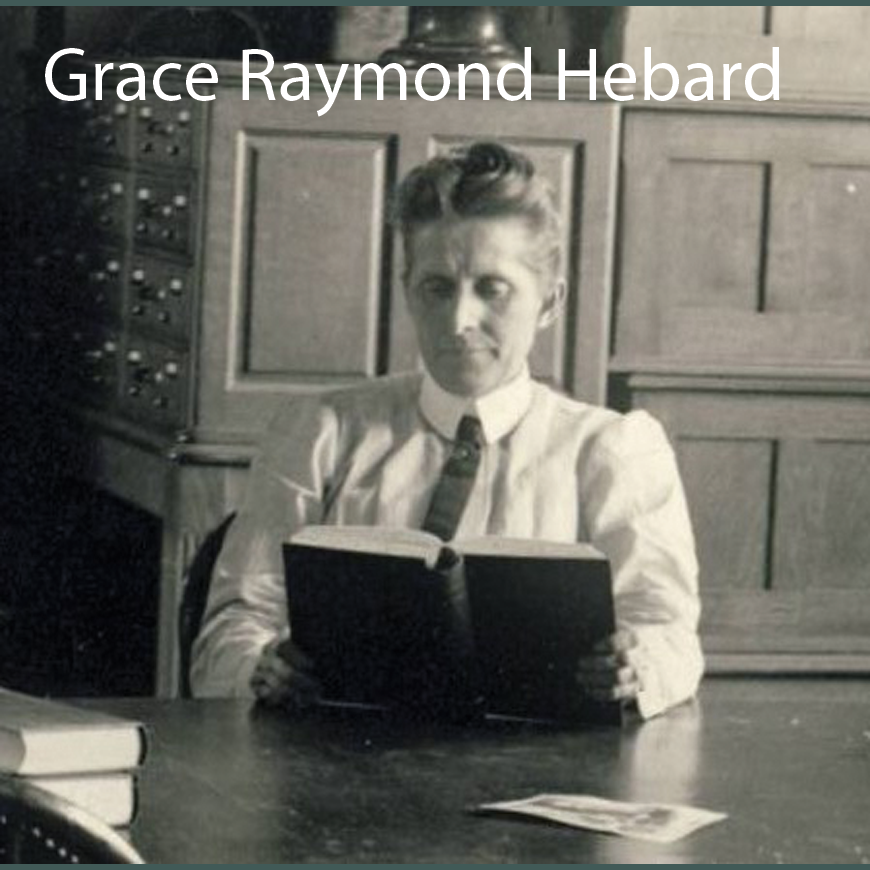
- Grace Raymond Hebard: Wyoming historian, suffragist, pioneering scholar, prolific writer, political economist, & noted University of Wyoming educator, Hebard’s standing as an historian is from years trekking Wyoming’s plains & mountains to seek firsthand accounts of its pioneers. Her books today are known to romanticize the west, including her theory that Lewis & Clark’s Sacagawea was buried on the Wind River Indian Reservation in central Wyoming.
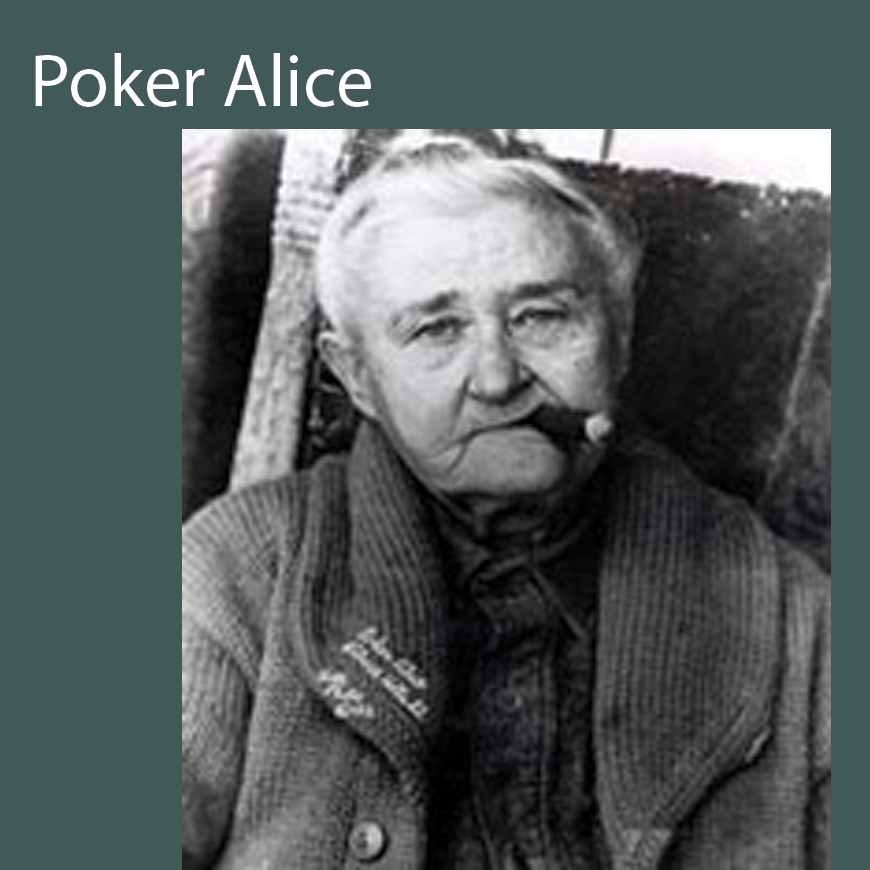
- Alice Ivers “Poker Alice”: born in England but her family moved to Colorado where her husband Frank Duffield, a mining engineer taught her how to play poker. After Frank was killed in a mining accident, she had to support herself & turned to card game gambling. She expanded her operation all over the west into 6 states. In Deadwood, SD, she became legendary for her ability to attract lots of men to the table where her deadpan poker face gave her a distinct advantage over all of them.
Alice met her 2nd husband Warren G. Tubbs in Deadwood when she beat him at the game. That didn’t matter to Tubbs because he earned a living off of selling paintings. At Tubb’s death, Alice & her 2 sons became marauders in the swamps of Louisiana during the Civil War. When she returned home, soldiers almost captured her, so she ran to Wyoming to re-establish her gambling enterprise which included hiding gold & money for stagecoach robbers. When things got dangerous there, she moved to Sturgis, WY & began playing poker & running a bordello. Her beauty had faded, so she dressed & acted as a cigar smoking man.
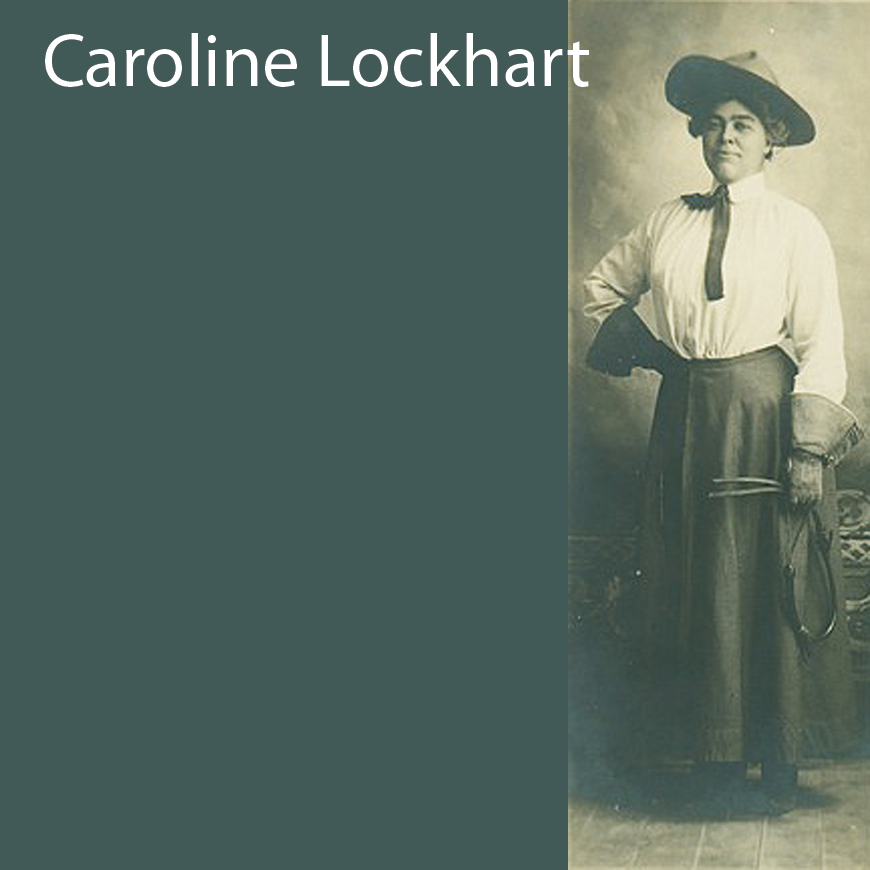
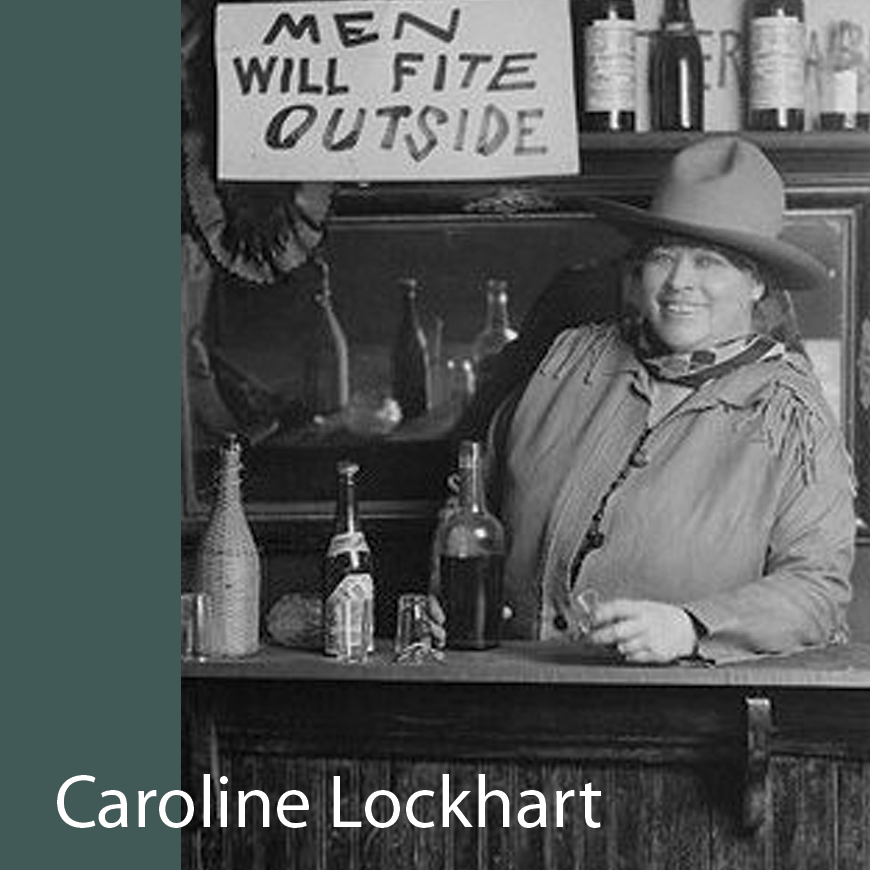
See special Lockhart pages in our Customer section!
- Caroline Lockhart: born in 1871 in conflicting stories regarding her birth either in a brothel in Boston, or on a farm in Illinois. The story is consistent that she lived in both Philadelphia and Boston, and then moved to Cody, Wyoming in 1904 following a man.
She was an investigative reporter in her early career, where her success she attributed to actually living the experiences she wrote about. After her Wyoming move, she wrote fact-based fiction, with characters close to real life, including Buffalo Bill Cody with whom she developed a friendship. She became quite famous with several full novels, two of which were produced in Hollywood as movies.
Her time in Cody had her owning the “Cody Enterprise” newspaper, organizing and running the “Cody Stampede”, a premiere rodeo with related events, and other civic services. In 1920 she defied prohibition and continued to drink alcohol. She had many boyfriends throughout her life, but never married nor had children. Some of her behavior was criticized socially, but she was able to continue a successful career as reporter and writer most of her life because of her hands on process of experiencing what she wrote about.
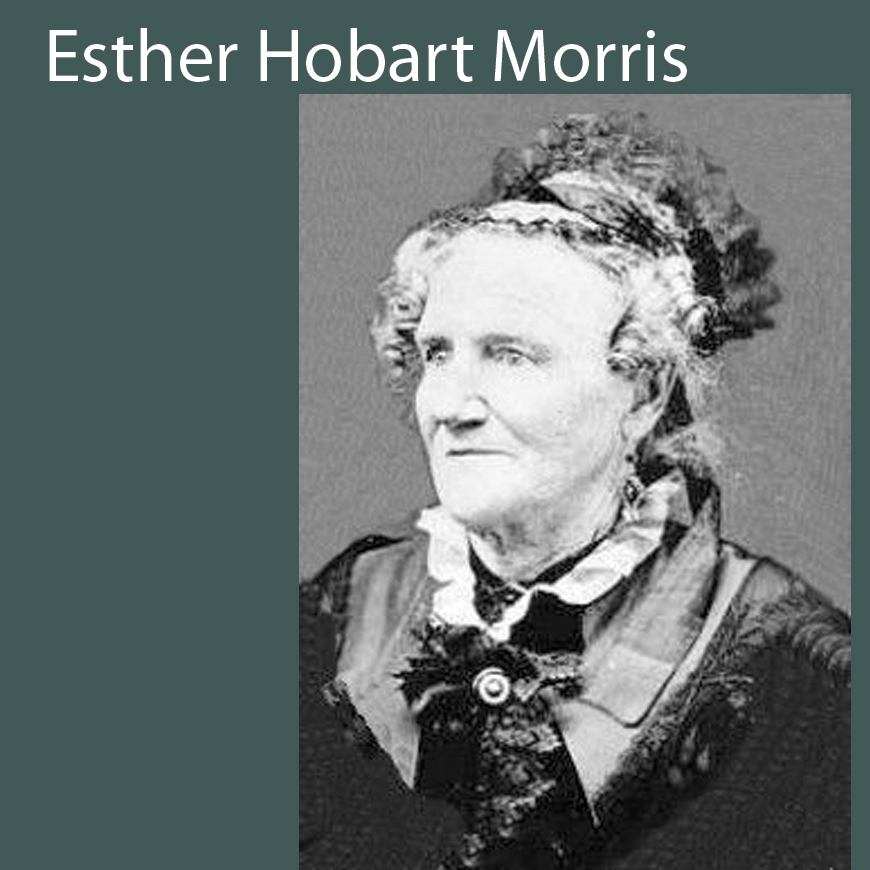
- Esther Hobart Morris: from Wyoming, was the first female Supreme Court Judge in the United States.
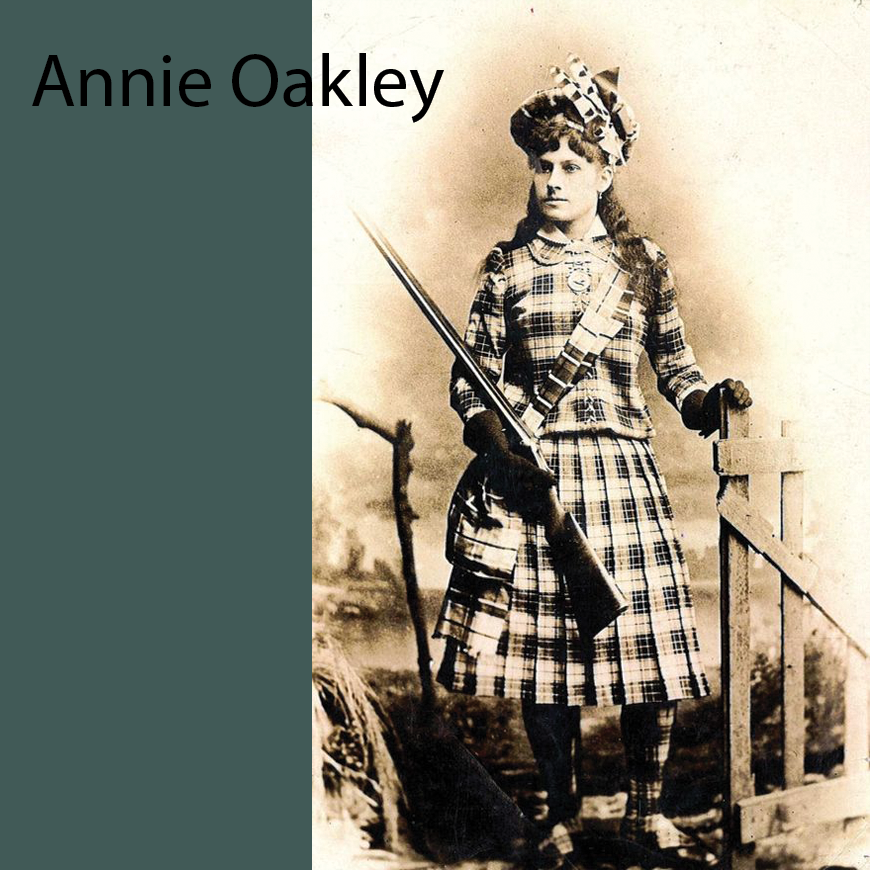
- Phoebe Moses “Annie Oakley”: helped her Ohio family in the 1860’s survive by hunting & selling game & wild animals. Though she learned to use a rifle for practical reasons, she eventually became a skilled competition sharpshooter. She met her husband, Frank Butler, in a shooting contest. Legend has it she won the match with 25 out of 25 shots, to his 24.
Together, Frank Butler & Annie Oakley created a show & traveled around the country giving shooting demonstrations, even joining the circus as “champion rifle shots.” The husband & wife team joined Buffalo Bill’s Wild West show in 1885 & toured with Bill Cody for 16 years. The Wild West show was a celebration of the “Old West” which included skits of stage robberies, gunfights, & military exhibitions.
Though most heroes of the “Wild West” were men, Buffalo Bill’s show highlighted Annie Oakley’s abilities, & she became one of the most famous women of the West. Her nickname, “Little Sure Shot”, was given to her by Chief Sitting Bull who was so amazed by her skills.Annie was severely injured in 1901 when the train that carried the Wild West show collided with another & she became partially paralyzed. She performed again but not as the same Annie. She died in 1926, a few years after an auto accident from which she never regained her health.
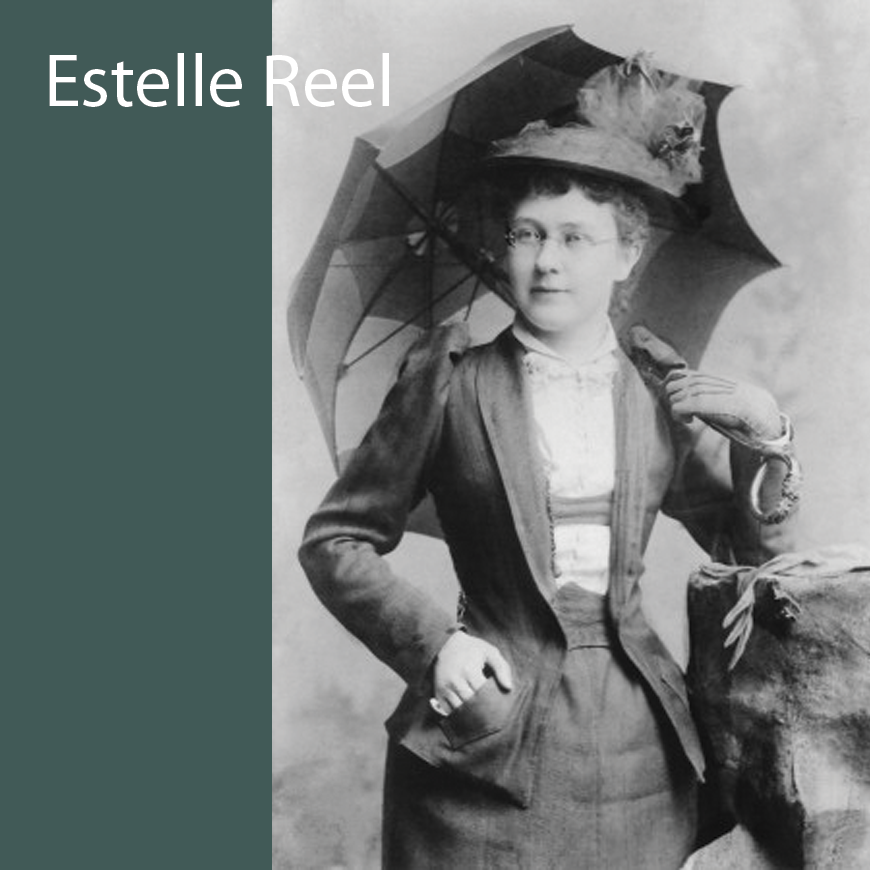
- Estelle Reel: first woman to hold public office as the Superintendant of Education of Wyoming.
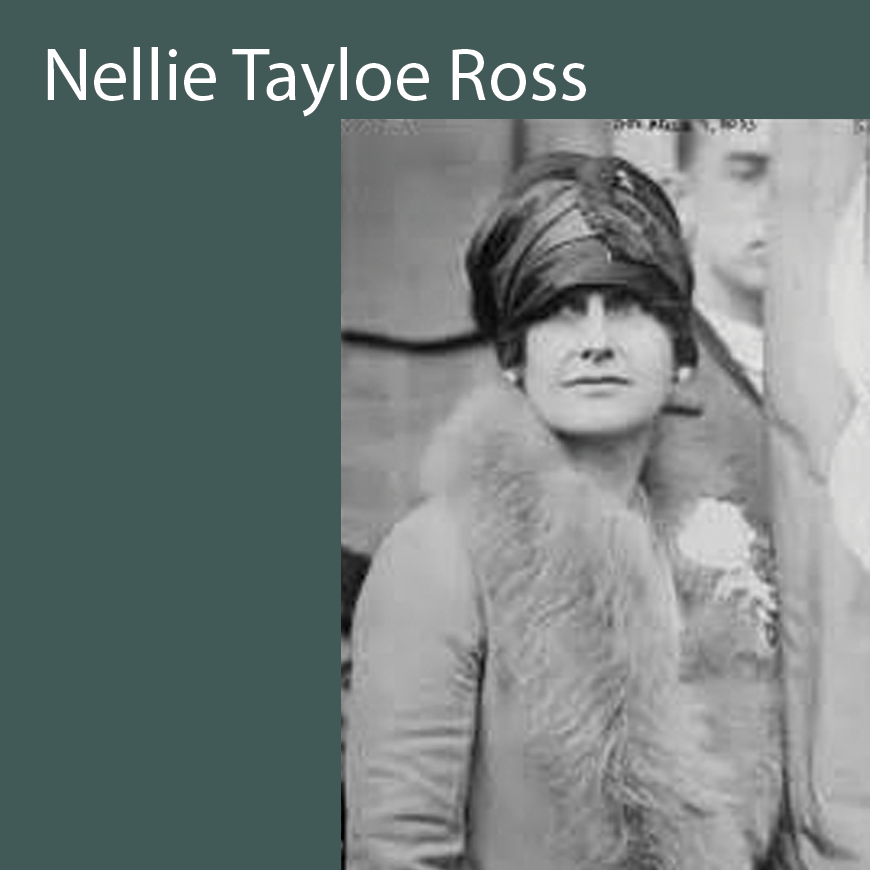
- Nellie Davis Tayloe Ross: American politician, the 14th Governor of Wyoming from 1925 to 1927 & director of the United States Mint from 1933 to 1953. She was the first woman to be sworn in as governor of a U.S. state & remains the only woman to have served as governor of Wyoming.
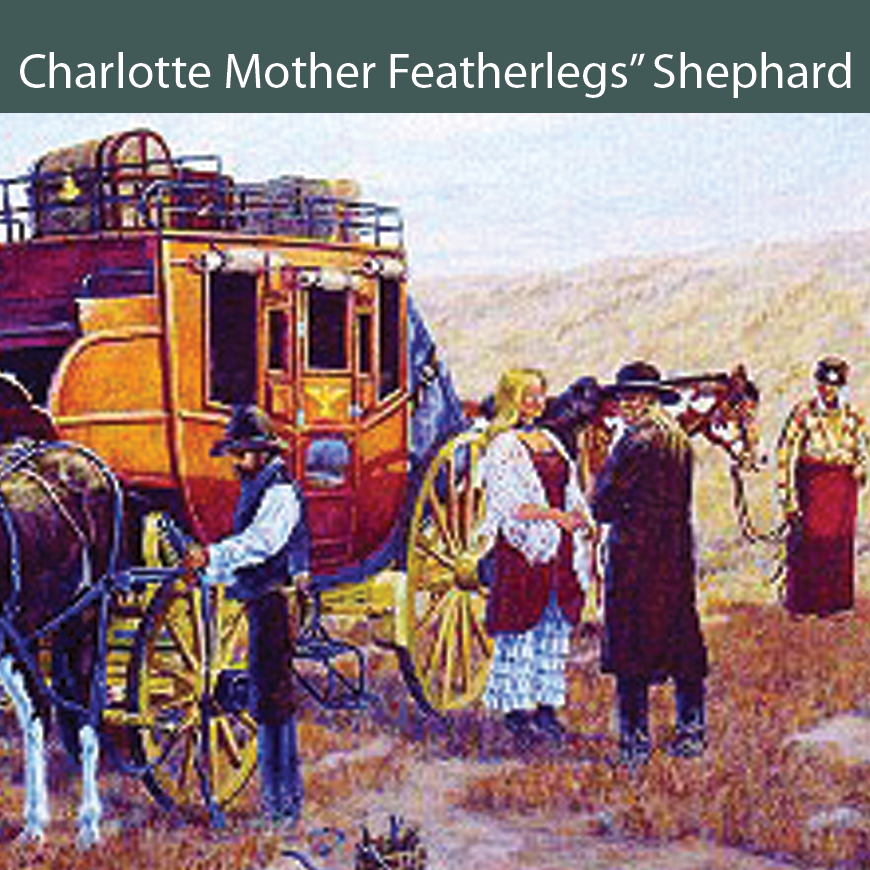
- Charlotte “Mother Featherlegs” Shephard: ran a roadhouse bordello on the Deadwood Trail near Lusk, Wyoming. She provided whiskey & comfort to travelers on their way to the Black Hills gold fields around 1876, & associated with dangerous outlaws. Partnered with one such man who eventually shot her dead on the trail, she was known for riding astride a horse at full speed across the prairie with the ruffles from her red pantalettes flying in the wind so that she looked like she had chicken feathers.
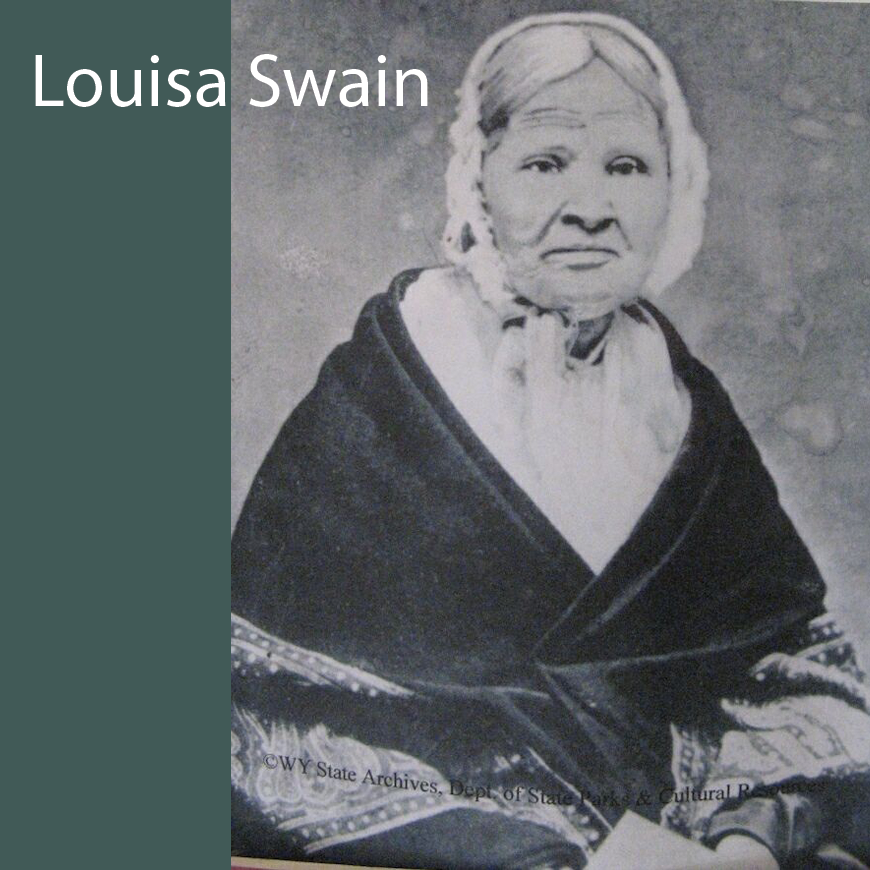
- Louisa Gardner Swain: arose early on September 6, 1870, put on her apron shawl & bonnet, & walked downtown with a tin pail with intent to purchase yeast from a merchant. She walked past the polling place & decided right then that she would vote as long as she was there.
The polling place had not yet officially opened, but election officials invited her to come in & cast her ballot. On this day, Louisa, a 69 year old “gentle, white-haired housewife Quakerish in appearance” according to the newspapers, cast the very first ballot in the United States under laws giving women full equality to men.
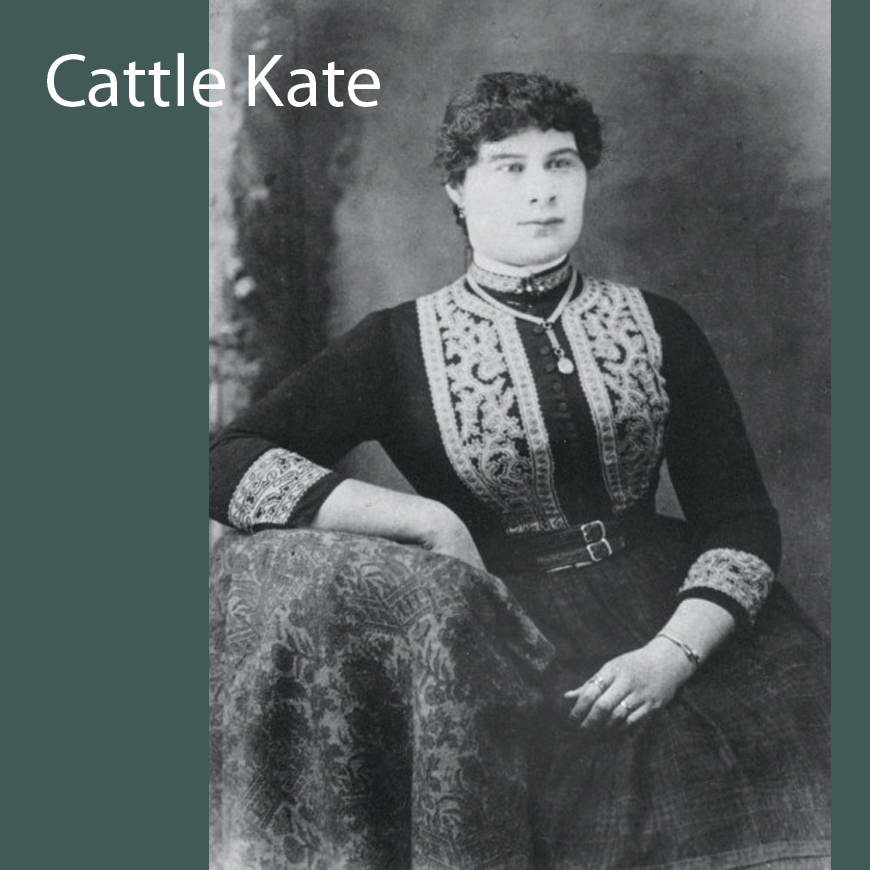
- Ellen Liddy Watson “Cattle Kate”: female pioneer of Wyoming & an outlaw although she was never charged with a crime. The eldest of 10 children the family lived to Kansas in 1877. At age 16, Ella married a man who was abusive, drank heavily, & beat her with a horse whip.Fleeing from him, she moved to Denver, CO to live with a brother, where she found work as a seamstress & cook.Bravely moving out on her own, unheard of for most women of that time, she worked as a cook in Rawlins, WY for the premier boarding “Rawlins House”.
Some allege it was a brothel & that she was a prostitute. James Averell, a local rancher who had recently lost his wife & child, met her at the roadhouse & brought her home to his “road ranch” near Lander, WY.With her divorce finally legal in 1886, she may have married Averell, but records show she filed independently on a homestead next to his & built her own 2 room cabin.
Law of the time stated any unbranded calves found on a property were to be branded with an “M”, which would become the property of the Stock Growers Association, a huge political & police type force at the time.The Association’s goal was to shut down small ranchers.Kate’s neighbors who belonged to the Assocation claimed her land was theirs already, & that she had marked lost steers with her own brand instead of the “M”.
Averell, being the local Justice of the Peace wrote newspaper articles to expose the Association’s scam. Ella became known in media as “Cattle Kate”, & under pressure from small ranchers, the Governor changed the law to their favor., but it was too late. A lynch mob, never proven but highly suspected to be the Association neighbor hung Averell & Ella during a shoot out between opposing factions, which was the start of the Johnson County War.

—— NOTABLE WESTERN WOMEN (other than Wyoming) 1840-1914 ——
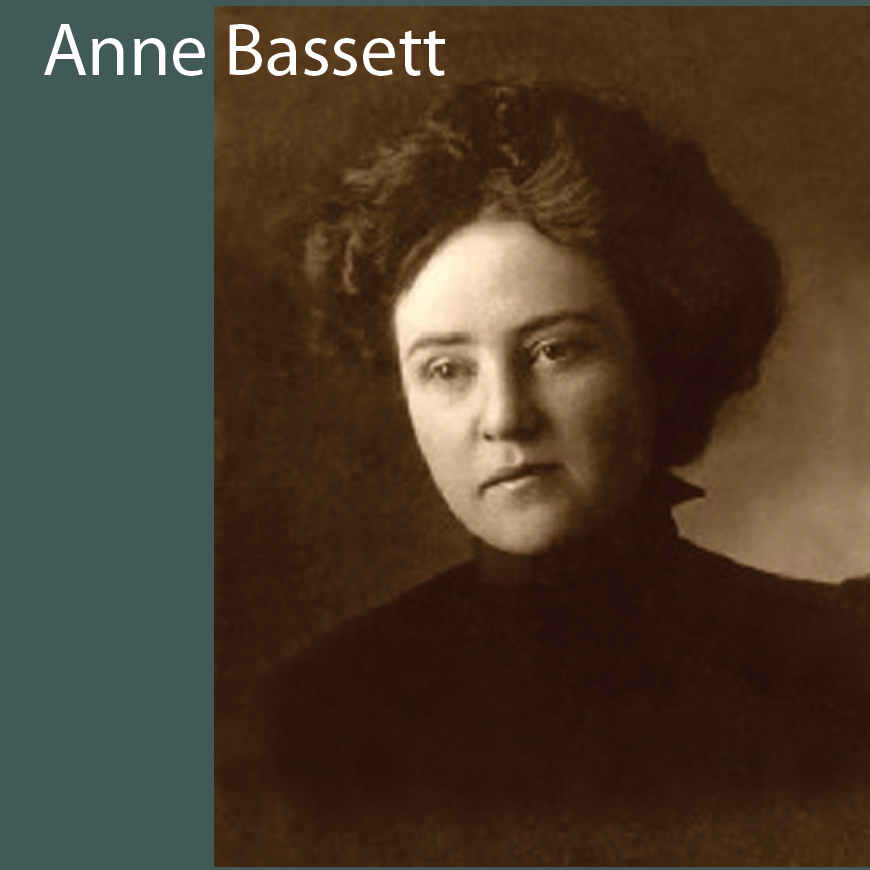
- Anne Bassett: friend of Etta Place & the Sundance Kid of outlaw fame. She was a rancher turned cattle rustler, & thought to have been actively participating with the Wild Bunch gang, but it was never proven so.
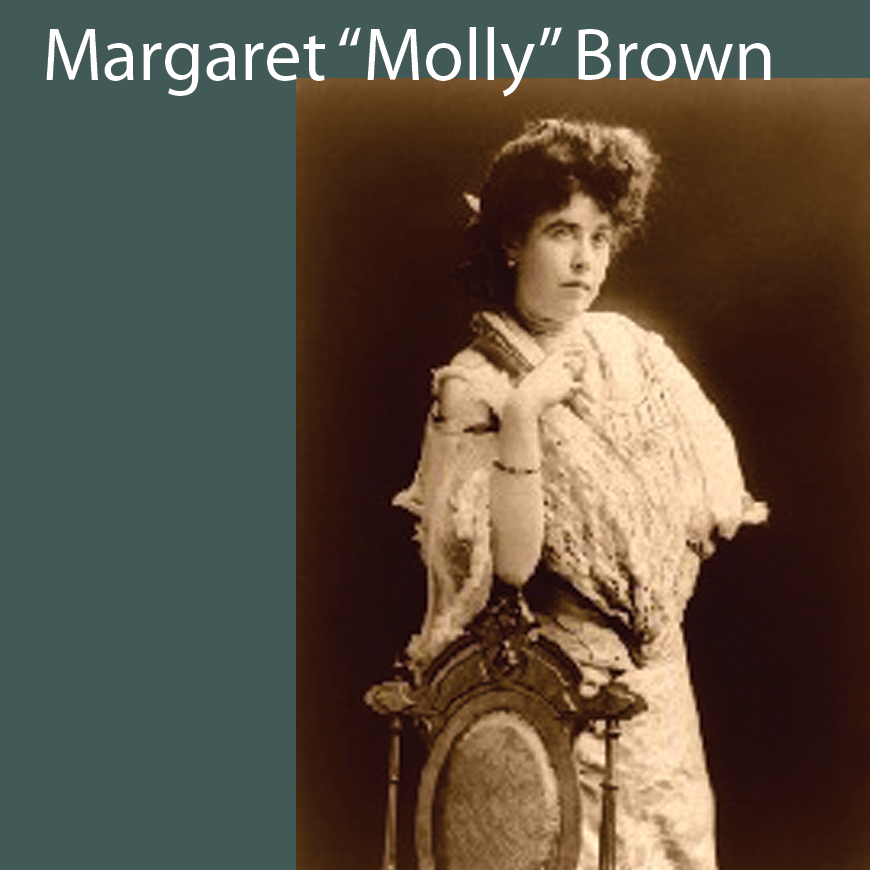
- Margaret “Molly” Tobin Brown: one of six Irish immigrant children. At age 16 she moved with her older sister to the mining town of Leadville, CO, where she worked in the department store. There she met James Brown who was self-educated & a had recently become part owner of the Little Johnny Mine because he invented a method to get gold out of the bottom of the mine. Molly used her wealth to become involved in women’s rights groups & ran a soup kitchen. She was one of few survivors of the sinking of the Titanic in 1912, & is attributed in keeping people alive until help could come.
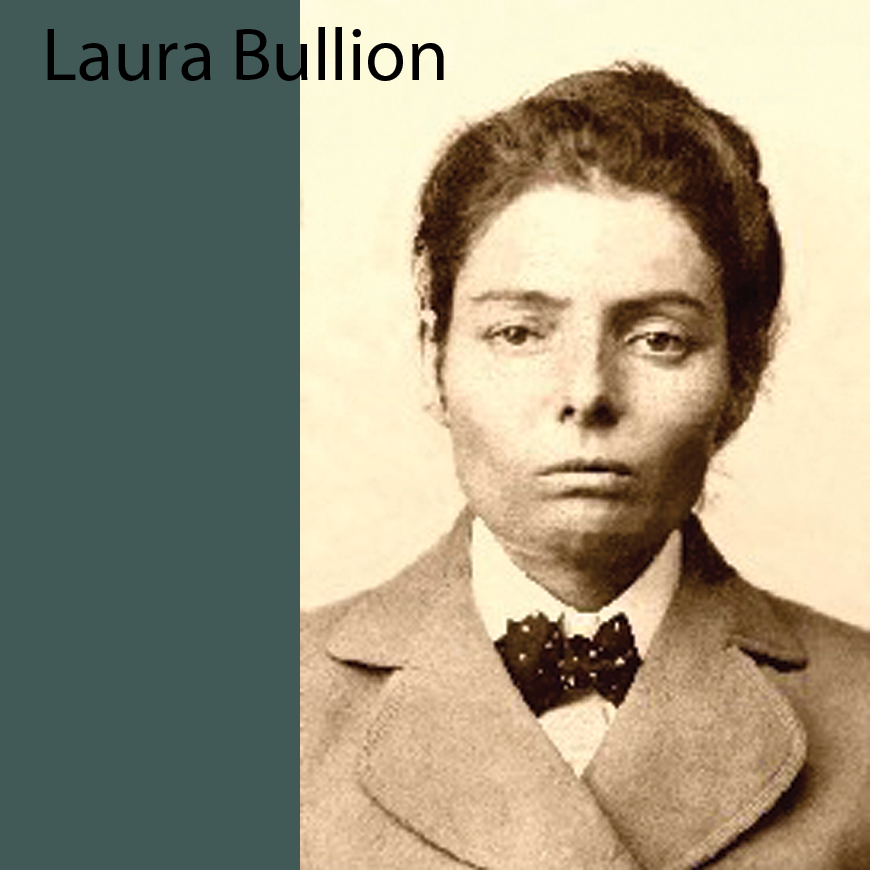
- Laura Bullion aka “Della Rose”, “Rose of the Wild Bunch” of Texas: daughter of a German mother & a Native American bank robber father. She was associating with outlaws from a very early age. At 15 she fell in love with her aunt’s husband Will Carver, who worked with Black Jack Ketchum robbing trains in Utah. Rose & Black Jack joined with Butch Cassidy & the Wild bunch where her job with the gang was to fence the goods taken from train robberies. When Butch & Sundance disappeared & the gang broke up, she lived as a dressmaker under the name Freda Lincoln until the end of her life.
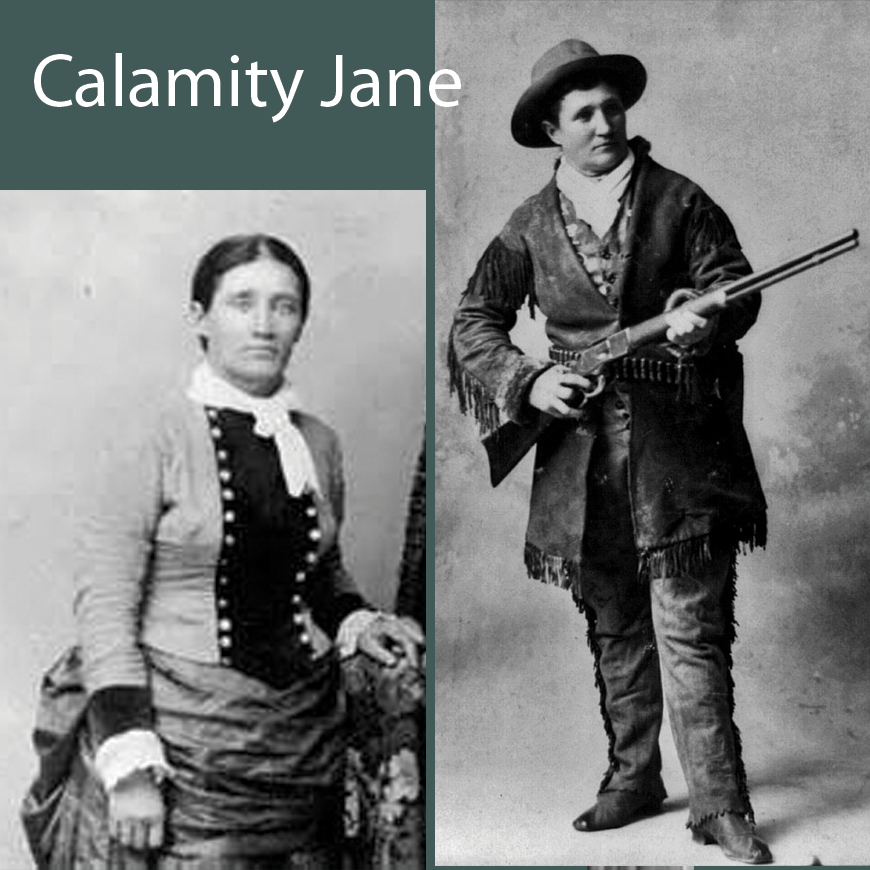
- Martha Jane Canary “Calamity Jane”: dressed like a man & was known for being tough. By the time she was 18 after the Civil War, she had been a nurse, dishwasher, waitress, cook, & ox-team driver. Being responsible for her siblings at her parents’ death, & having no formal education, she was still being extremely smart, talented, & literate. She moved the family to Montana so she could become a soldier. From that point on her life was very colorful, but historians claim she exaggerated exploits so no one can be sure of what really happened in her life.
Calamity was a frontierswoman & professional scout for the army, & gained fame for fighting American Indians. Her associations with famous figures of the Old West had her stories claiming she served under Generals Custer & Crook. One theory of how she got her name was because as a scout she was always running into camp declaring there was trouble coming, or “courting calamity”.
Jane worked as a prostitute for Dora DuFran in Wyoming, which is where she met Wild Bill Hickok. Jane & Wild Bill were allegedly secretly married in 1870, after which he allegedly took off 3 years after the birth of their alleged daughter, but no marriage or validity was proven, although it is known she had a daughter whom she gave up to adoption.Her sharpshooting skills on a horse earned her a spot performing for Buffalo Bill’s Wild West Show in 1896, which she performed until her death in 1903.
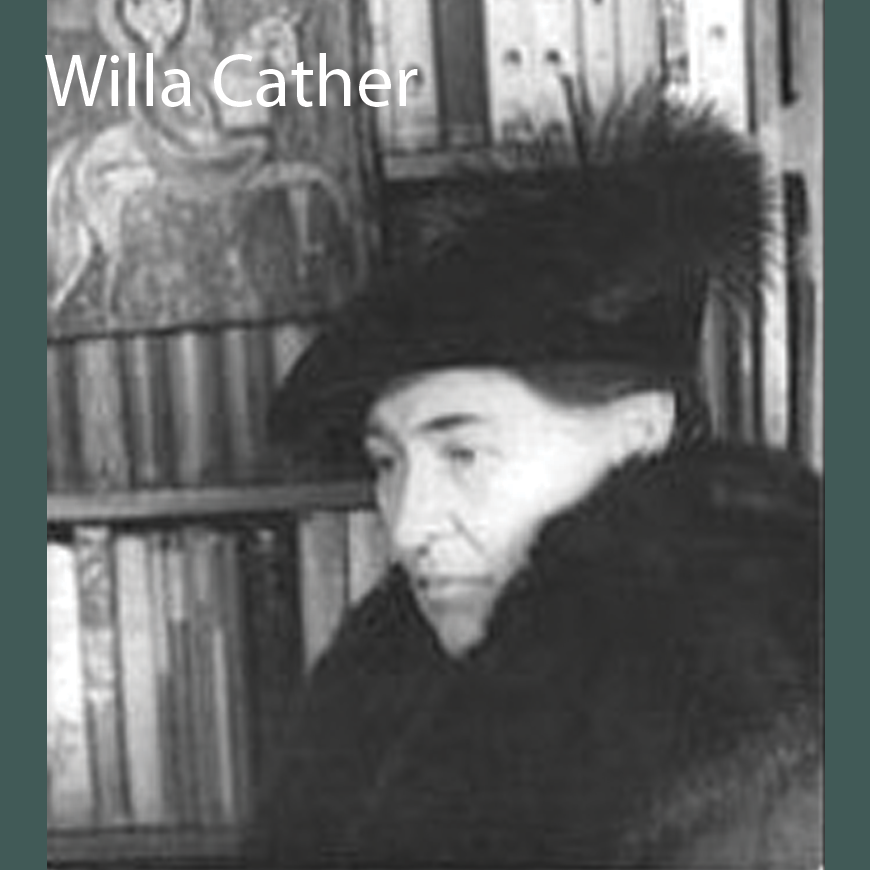
- Willa Cather: Pulitzer prize winning novelist & short story writer. Her work centered on pioneer life in the Nebraska prairies & southwestern deserts. Famous books included “O Pioneers” (1903) & “My Antonia” which explored themes of farming, family, & community.
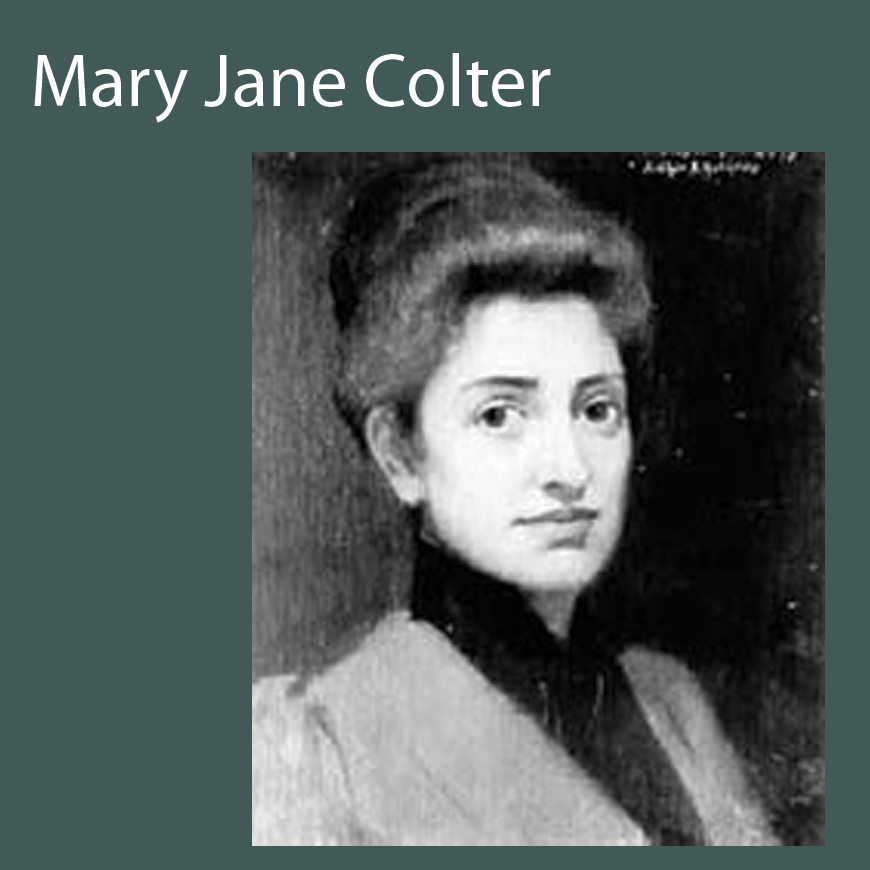
- Mary Jane Colter: master architect & interior designer whose many works graced Arizona’s Grand Canyon. An unusual career for women at the time, she started a 40 year job in 1902 with the Fred Harvey Company which led tours through the southwest.Her first project was the decoration of the Alvarado Hotel & Indian Museum in Albuquerque, NM.
She is known for her many hotels, restaurants, gift shops, & viewing places which were designed to introduce tourists to the arts & cultures of the Native American Southwest. She hired Hopi Indians for all phases of a project. Her Hopi House, a hotel on the Grand Canyon, was based on a Hopi pueblo structure.
Many of her buildings including Lookout Tower & the Painted Desert Inn, in the Petrified Forest, are still standing today.
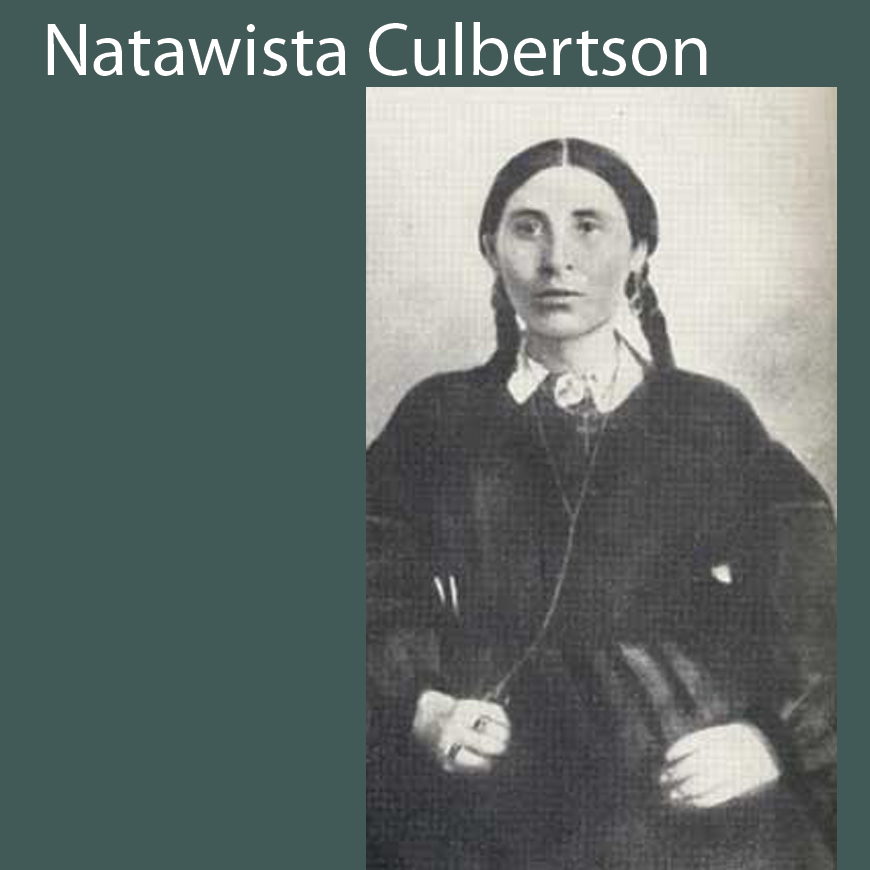
- Natawista Culbertson: Blackfoot married to a fur trader in 1840 at age 15, She became an interpreter between British, Americans, & Blackfoot tribes. Mrs. Culbertson dressed in European style to play hostess & diplomat between the 3 factions, but kept teepees in the backyard for the children. She later farmed in Illinois & then moved to Montana to continue a flourishing trade between Native Americans & other Americans.
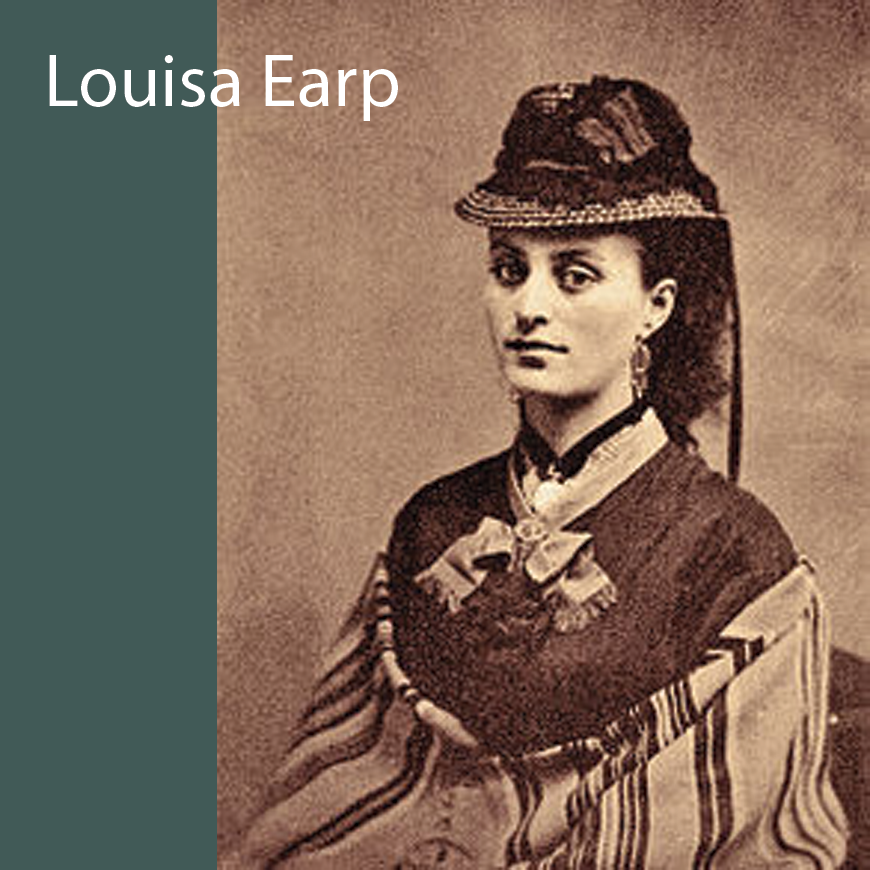
- Louisa Earp: met Morgan Earp & they were married around 1877. 2nd eldest of 12 children, she & Morgan lived in Dodge City, Kansas where Morgan became deputy marshal under Charlie Bassett. They moved to Miles City, Montana where they bought a home, but headed west again to the wild mining town of Tombstone, Arizona. Morgan didn’t think Louisa would be happy in Tombstone since she suffered from rheumatoid arthritis, so he took her away to stay with his parents in California. Morgan met his brothers in Tombstone for the fight at the OK Corral. Louis did not witness the fight which killed her husband.
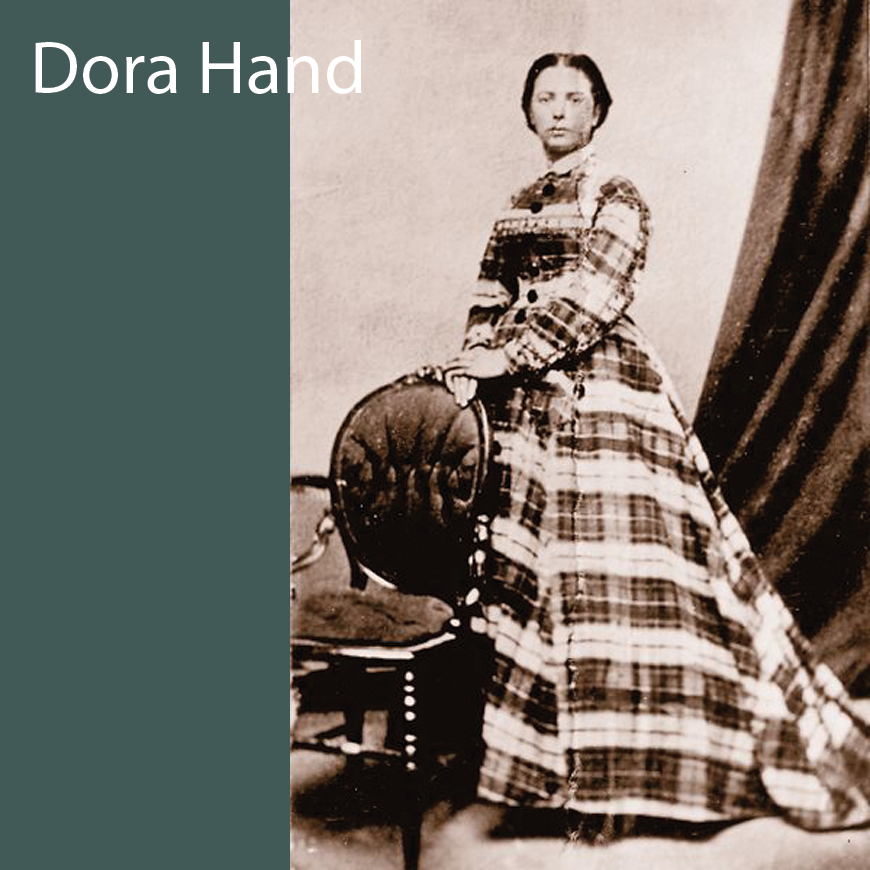
- Dora Hand: dance hall singer & actress in Dodge City, Kansas who was mistakenly shot to death from an ambush by a young suitor. She was linked romantically with James “Dog” Kelley, the mayor of Dodge City who co-owned a restaurant there. Fannie Garretson, another saloon singer had encouraged Dora to come there to earn the huge amount of $40/week. The girls gained notoriety at the Lady Gay Dance Hall & saloon which was owned by James Masterson, younger brother of Bat Masterson.
Dora was said to have had a “face of classic beauty with grace & charm in her walk.” She dressed plainly, usually in black, but men of the day believed the color accentuates the “ivory whiteness of her soft skin”. In the book “Wyatt Earp, Frontier Marshal”, the author writes Dora’s face & voice were said to “give men strange nostalgic dreams of better days & finer surroundings.”
When her pay was increased to $75/week, Dora used her income to assist the poor & unfortunate. She was called “an angel of mercy” by Dodge City residents. She joined the Ladies Aid Society & sang at churches where the pastors were surprised to draw such large crowds. She became known as the “Lady Bountiful” instead of her prior name “Queen of the Fairy Belles” that drunken cowboys had given to her.
Mayor Kelley, who was Dora’s unofficial sponsor & best admirer had a dispute with James “Spike” Kenedy, a 23 year old Texas cowbody who wanted Dora for himself. When Kenedy became aggressive towards Dora, Kelley had him physically removed from the Saloon. Kenedy carefully planned to murder Kelley in his cabin, & unknowingly shot Dora instead who was inside using the cabin along with her friend Fannie. Bat Materson & Wyatt Earp gathered a posse, & brought Kenedy to justice.
Hand’s funeral was well attended: “every store, saloon, & gambling house in Dodge closed; & four hundred men with their sombreros on their saddle horses rode behind the spring wagon that carried Dora Hand up Boot Hill to be buried.
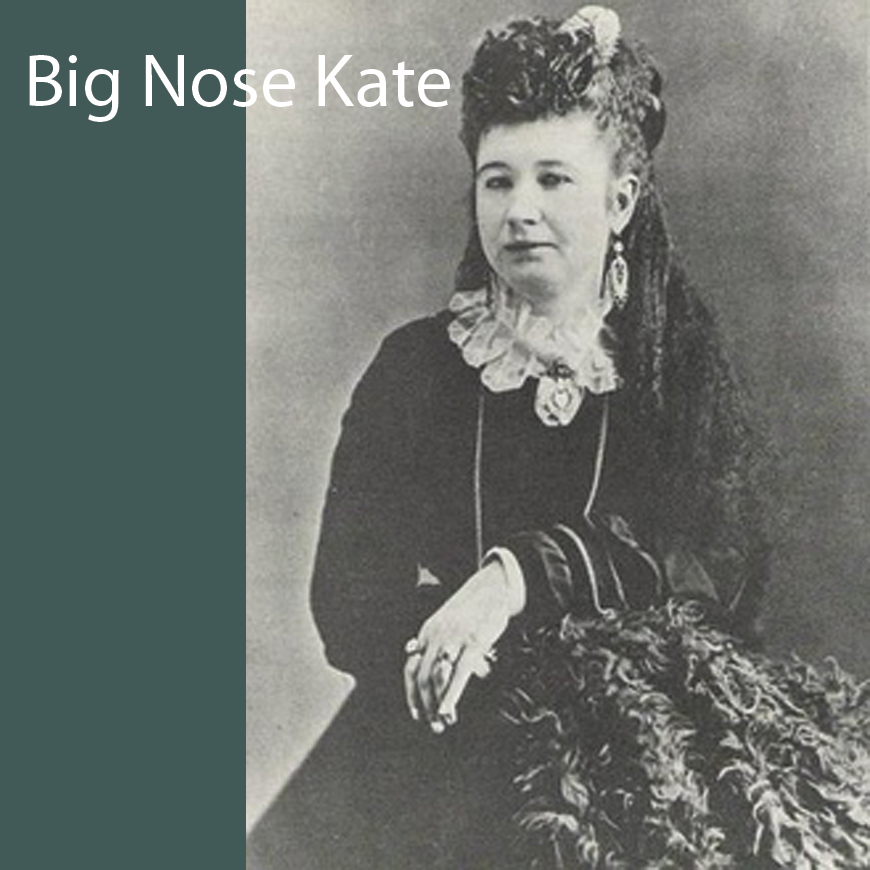
- Mary Catherine Elder Haroney “Big Nose Kate”: born in Hungary but came to America when her surgeon father was assigned to work for Maximillian the ruler of Mexico in 1862. Her family moved to Davenport, IA, but she stowed away on a steamship to St. Louis, where married & had a son. Both husband & son soon died, so in 1875 Kate moved to Wichita, KS to work in a sporting house where she met Wyatt Earp. At the time she was going by the name Kate Elder.
A few years later after a move to Texas she met Doc Holliday, Wyatt’s friend. Kate & Doc’s relationship was rough but longlasting. During the years working as a dance hall girl & prostitute she earned the name “Big Nose Kate”. She was traveling with Holliday, still working as a prostitute, when he was a part of the “Shootout at the OK Corral”.
Shortly after in 1881 when a stagecoach was robbed & Holliday was the prime suspect, she turned him in. Later she changed her mind & told them she had made it all up, & the charges were dropped.After Holliday’s death, Kate married a blacksmith in 1888 & moved to Arizona near Tombstone.
Soon after settling in, she left her husband, & moved in with a man named Howard whom she lived with until his death.
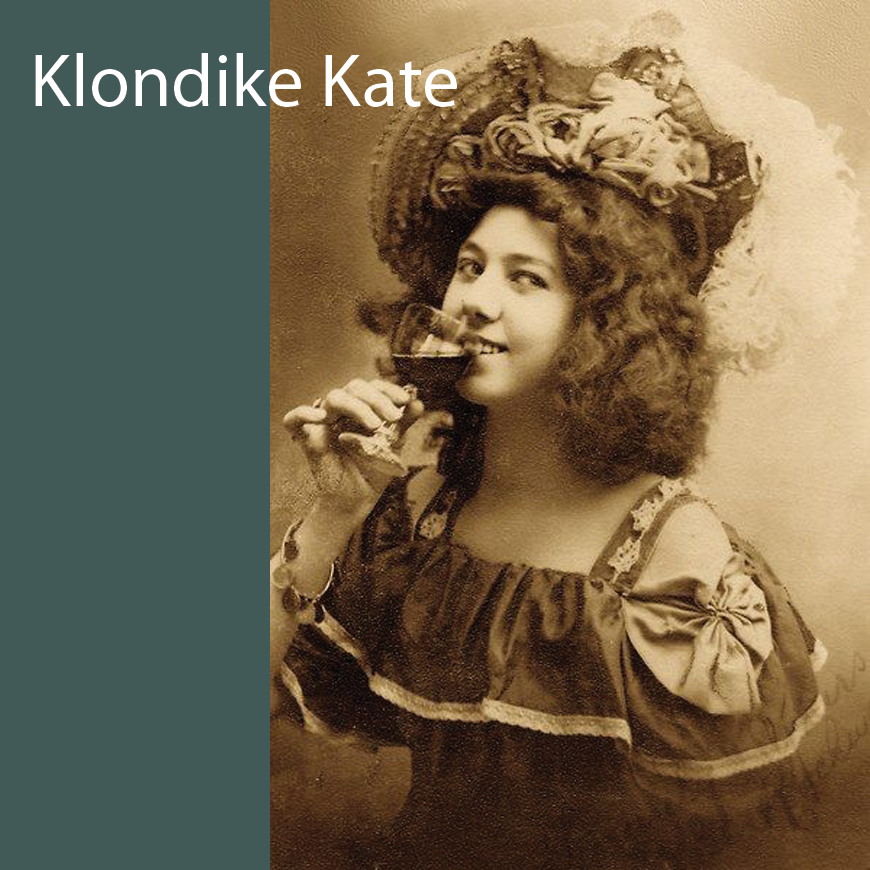
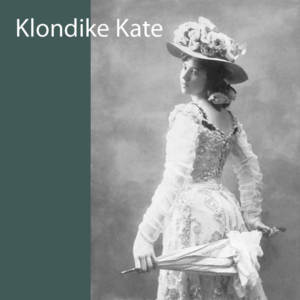
- Kathleen Eloise Rockwell (aka “Klondike Kate”, “Kate Rockwell Warner Matson Van Duren”): gained her fame as a dancer & vaudeville star during the Klondike Gold Rush where she met Alexander Pantages who later became a very successful vaudeville & motion picture mogul. She was notorious for her flirtatious dancing & ability to keep hard working miners happy & inebriated. She died in obscurity after minor success training Hollywood starlets to dance & perform in the 1940’s.
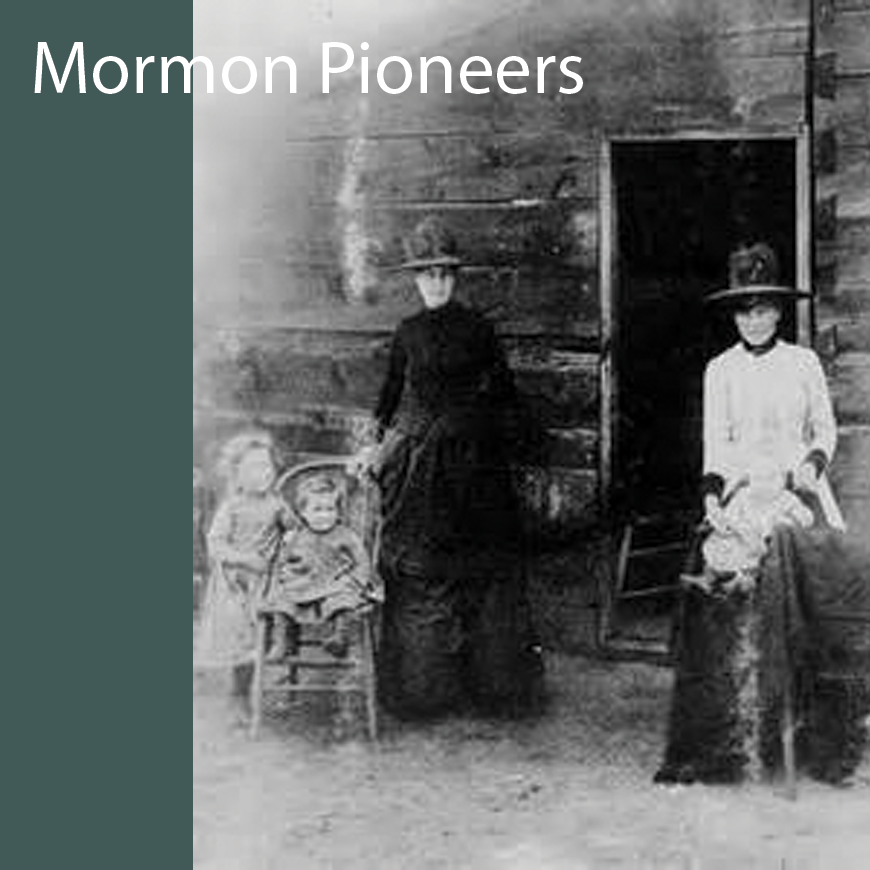
- Mormon Immigrants: pioneers on the east to west “Mormon Trail” hundreds of thousands crossed the country in the 1870’s-1880’s to eventual destination Salt Lake City, Utah, to establish a new society. Along the way, they stopped to establish communities & recorded landmarks & histories for those who would follow (the interstate highway now roughly follows the Mormon, Oregon, & other trails through the West)
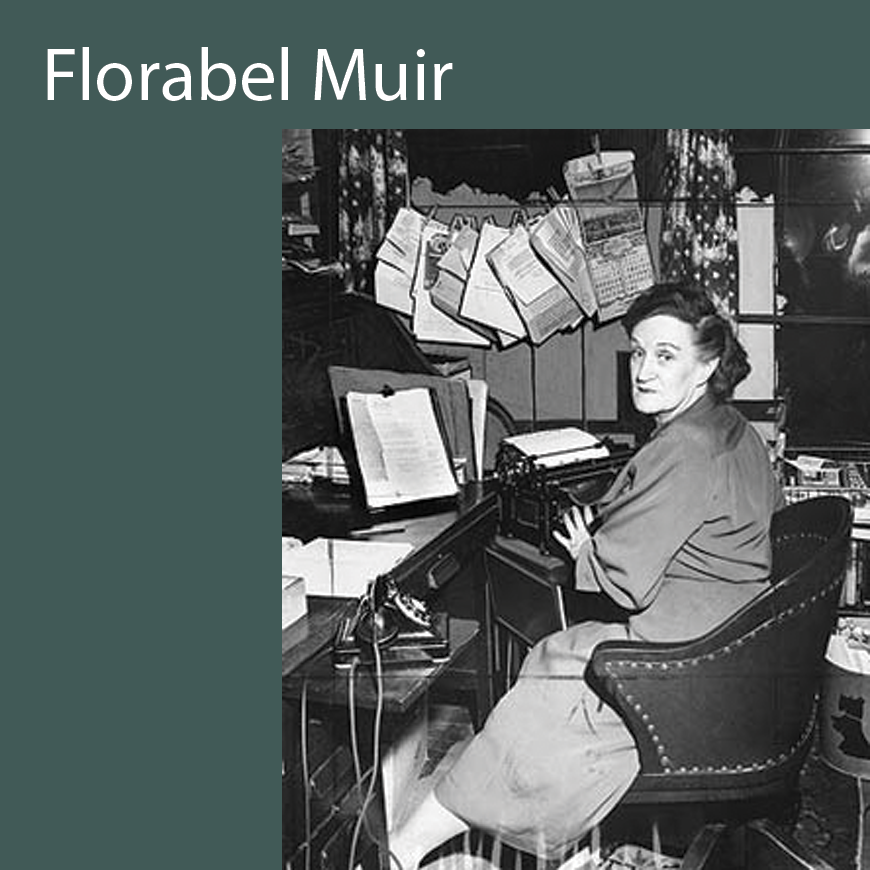
- Florabel Muir: American reporter, newspaper columnist & author. She became known for covering both Hollywood celebrities & underworld gangsters from the 1920s through the 1920s.’s-60’s.
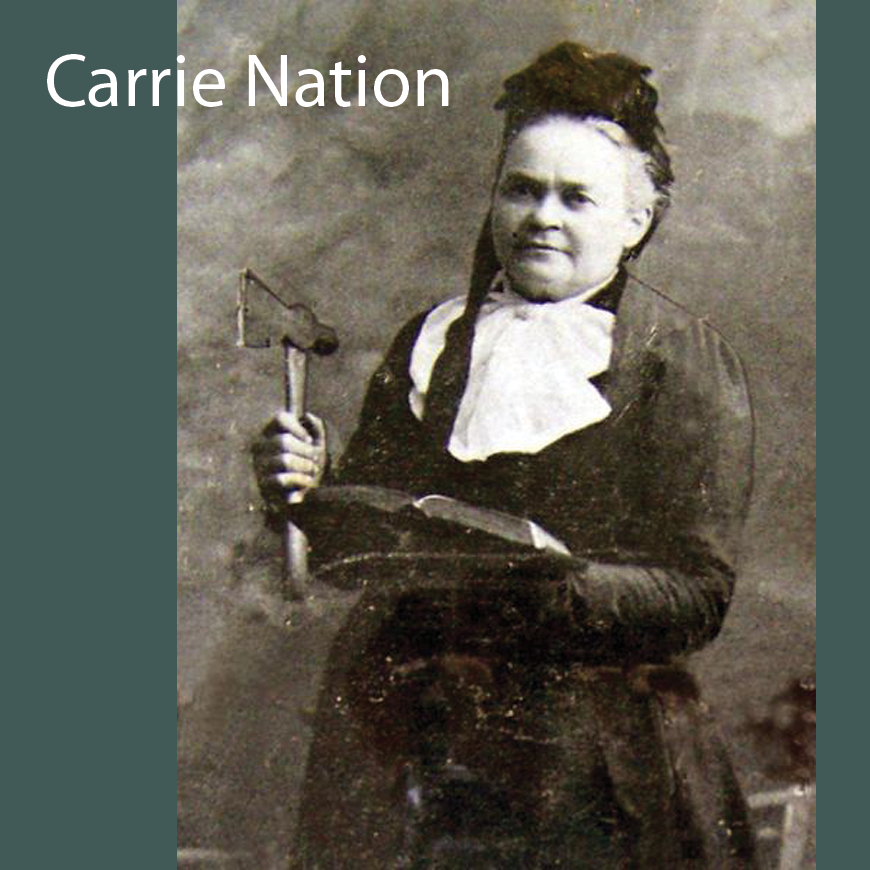
- Carry Nation: spearheaded the Temperance movement against alcohol in pre-Prohibition America. She came from a troubled background: her mother was mentally ill & her husband was an alcoholic who drank himself to death. She remarried a lawyer named David Nation & soon after moving to Texas began having frequent visions.
Carrie moved Kansas & organized the local chapter of the Women’s Christian Temperance Union.In 1899, Carry declared war on liquor. Her methods escalated from simple protests in front of saloons & serenading saloon patrols with hymns on a hand organ to greeting bartenders with “Good morning, destroyer of men’s souls,” & then destroying the bar & liquor with a hatchet.
Between 1900 & 1910, she was arrested some 30 times for “hatchetations,” as she came to call them. Nation paid her jail fines from lecture-tour fees and sales of souvenir hatchets.Dissatisfied with the results of her efforts, she began to pray to God for direction.
In 1900, she felt she received her answer in the form of a heavenly vision that she interpreted to mean she should take rocks or “smashers,” as she called them to destroy 3 local saloons. After destroying those plus 2 other saloons, a tornado hit eastern Kansas. This she took as divine approval of her actions.Nation later published a biweekly newsletter called “The Smasher’s Mail”, a newspaper titled “The Hatchet”, & still later in life appeared in vaudeville. Near her end, she moved to Eureka Springs, Arkansas, where she founded the home known as Hatchet Hall.
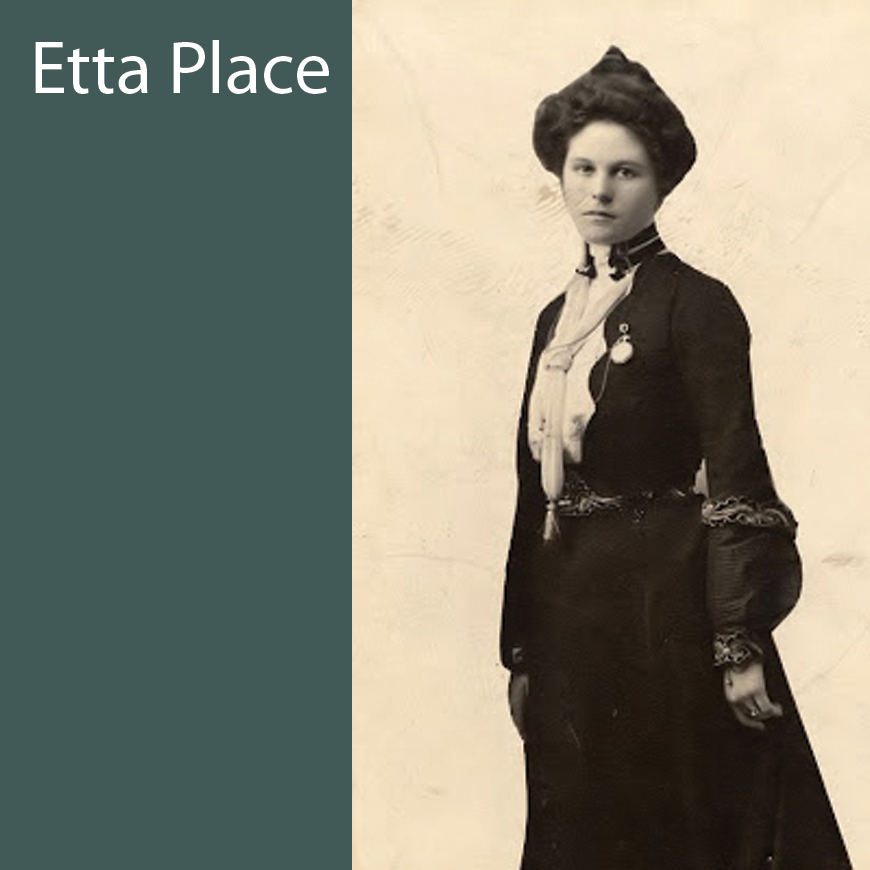
- Etta Place: went by many names & confused historians with aliases, so this name is assumed to be false too. Etta married the Sundance Kid of outlaw fame in 1899, & was thought to participate in their activities, though nothing was ever proven. She was a friend of rancher Anne Bassett who looked similar & participated in the Wild Bunch activities. The last record of her was in New York in 1903, when Butch Cassidy & the “Kid” bought her some jewelry then left for South America.
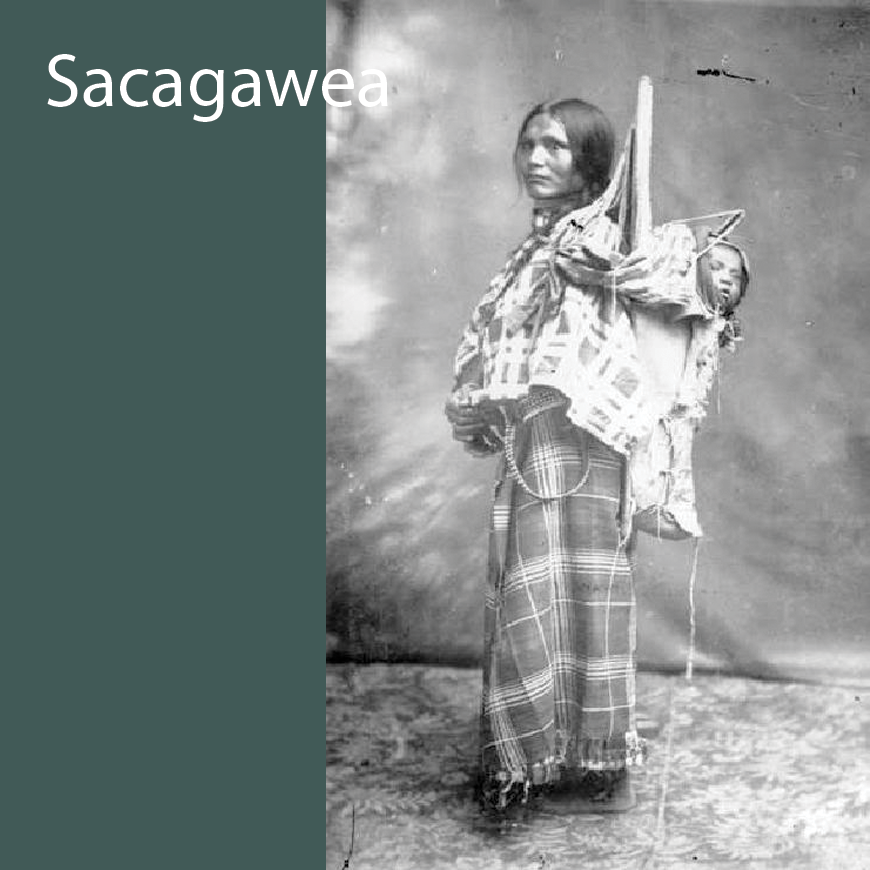
- Sacagawea: Lemhi Shoshone woman who helped the 1804 to 1806 Lewis & Clark Expedition achieve its missions in exploring the Louisiana Territory & researching natural history. Carrying her infant son on the successful journey to find a route across the land to the Pacific, Pocahontas was known for diffusing tension between indigenous tribes, traders, & the explorers. Little is known about her personal life, except that she was married to a French trader & had two sons whose education was financed by her very close friend Lewis.
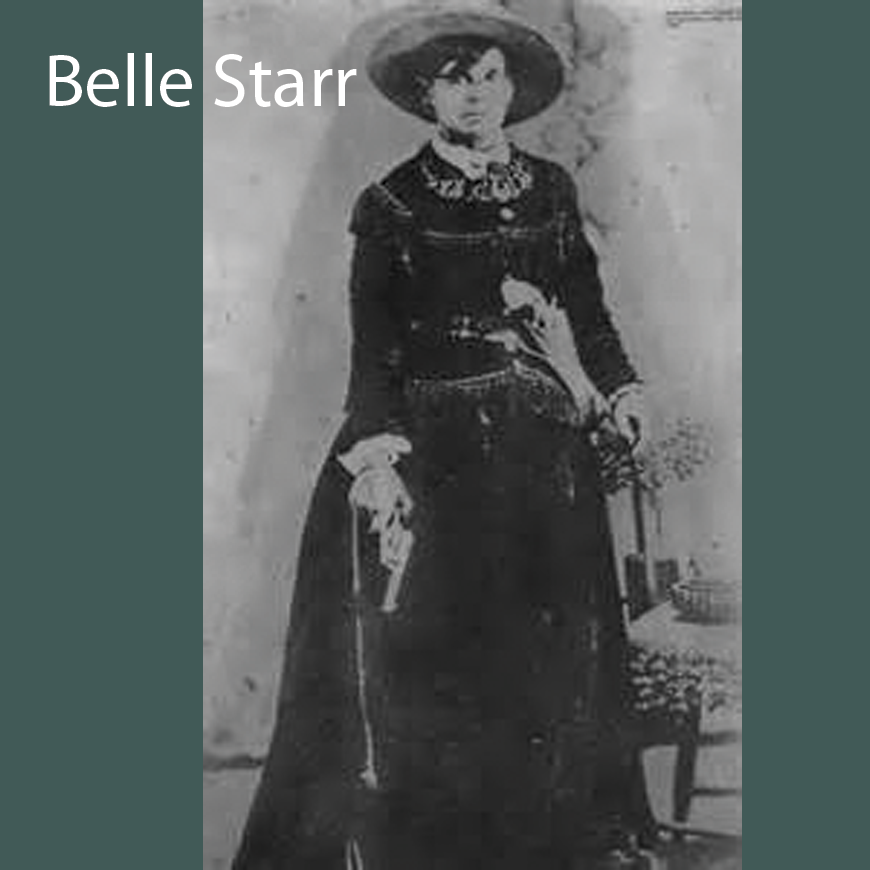
- Myra Belle Shirley “Belle Star”: part of the famous Hatfield & McCoy feuding families of Missouri. She moved to Texas when Confederates burned down her town in the Civil War. She excelled at the arts & higher education; particularly playing the piano well.
Acting as a union spy during the Civil War, she made friends with Quantrill’s guerillas who were friends with Jesse & Frank James who had turned to armed robbery after the war. In flight from lawmen, friends of the James & other outlaws would hide out at her farm.Belle married one of the outlaws who had fallen in with the Starr clan; a Cherokee Indian family notorious for whiskey, cattle, & horse thieving.
After her husband committed a murder, the whole family fled to Texas to escape the law. There her husband robbed a man of $30,000 in gold coins, & Belle was named accomplice so she & her husband went into hiding.When Belle’s husband was caught & killed by a sheriff, she took up with the Starr clan again in Indian Territory west of Fort Smith, Arkansas. There she married Samuel Starr in 1880 & completely immersed herself in outlawry as the gang leader.
Belle’s organization was very lucrative & she was able to bribe her cohorts out of prison or seduce the lawmen into looking the other way.Belle wore buckskins, moccasins, black velvet skirts, high-topped boots, a man’s Stetson with ostrich plume, & twin holstered pistols. She gambled, drank, played cards & dice, & roulette. At times she would ride through the streets shooting off her pistols, which gave her the exaggerated reputation of an outlaw.
Judge Isaac Parker “The Hanging Judge” was obsessed with bringing Belle Starr to justice & except for a brief time in jail, she continued to elude him & follow her outlaw ways. Her husband was killed by a rival, but she continued to provide legal counsel for outlaws like “Blue” Duck, a Cherokee indicted for murdering a farm hand. She was even able to get her son Ed who was arrested for horse theft off without a charge by writing a letter to President Grover Cleveland.
Belles’ end came violently after her 41st birthday when she was shot in the back by a shotgun with many suspects but no convictions. Belle Starr was a legend through the yellow journalism of her day & reinforced through dime store novels & then Hollywood.
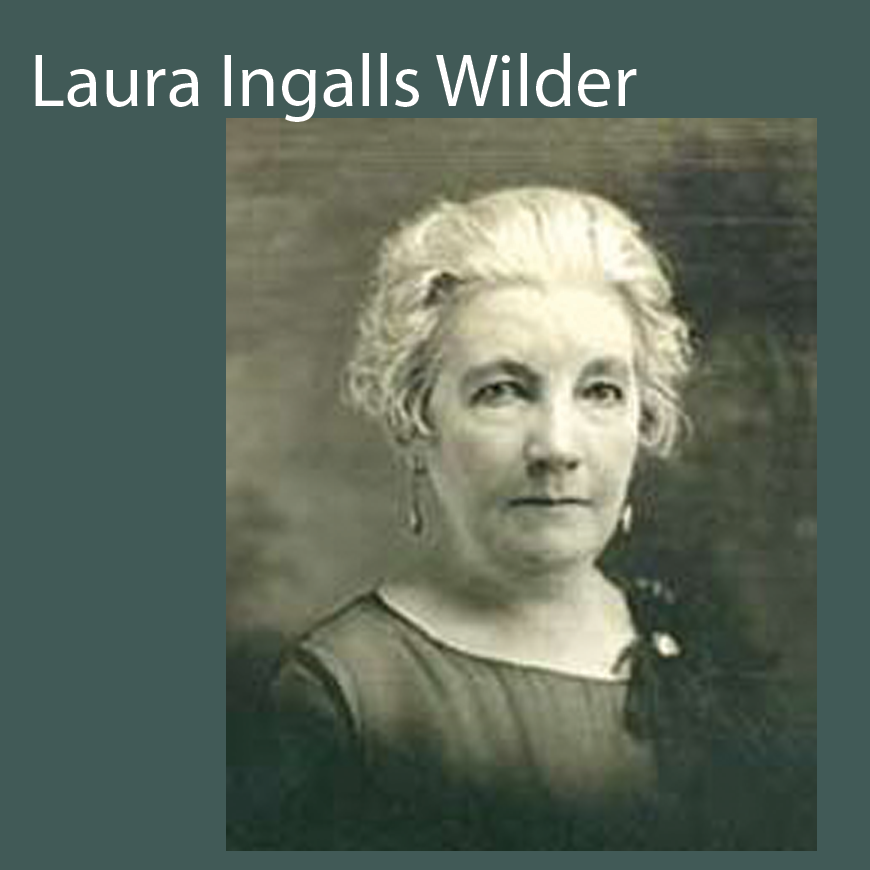
- Laura Ingalls Wilder: published periodical writer, but did not publish the many “Little House” books for children until she was 60 years old. Having been a pioneer, settler, city dweller, farmer, teacher, mother, & writer, she drew upon her real life experiences as her family moved across the United States in the time of settlement in the late 1870’s into the 1900’s to write a long series of books that have earned world acclaim.
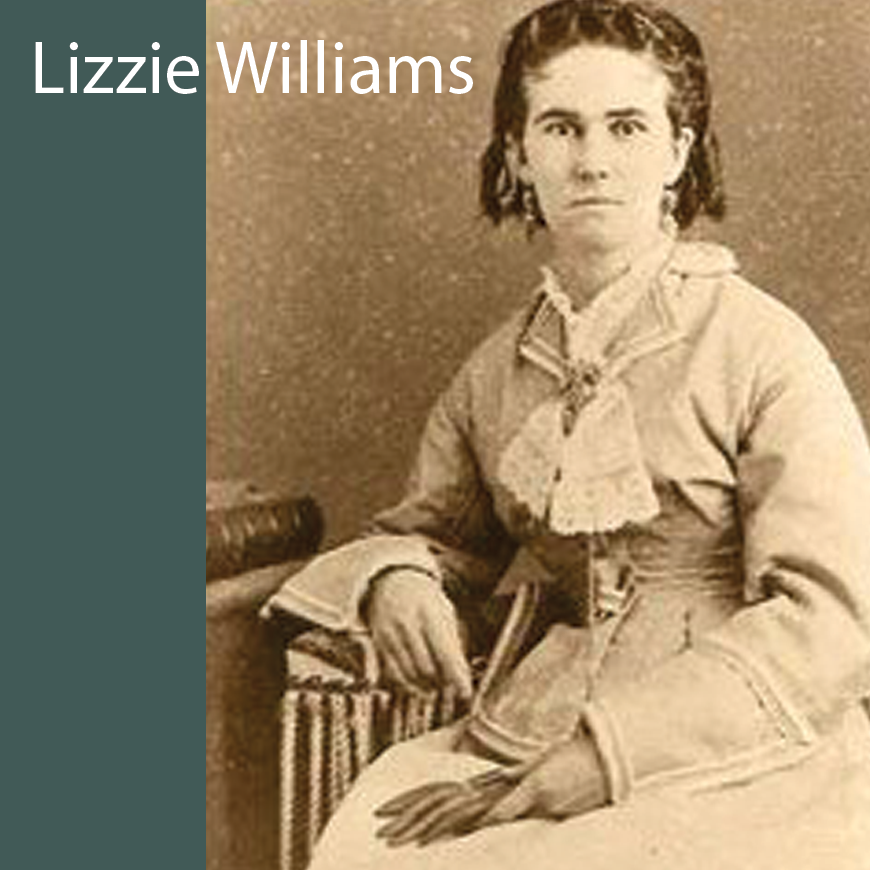
- Elizabeth Ellen Johnson Williams (“Lizzie”): schoolteacher, cattle dealer, investor in Missouri & Texas in 1859 graduated from one of the nations first coeducational college; established coeducational elementary grade schools & kept the books for cattlemen while she invested in cattle & land. Her methods of accounting for real estate & ranching established procedures still used today; her legendary status as “Cattle Queen” came from successfully acquiring her own branch & cattle brand as a single woman.
Married later, she tried politics & then development & colonization of a town called Hays City in Texas which failed. As she aged she became known as a recluse & eccentric who seemed to be impoverished, but when she died she was found to have $250,000 in cash plus significant land holdings,
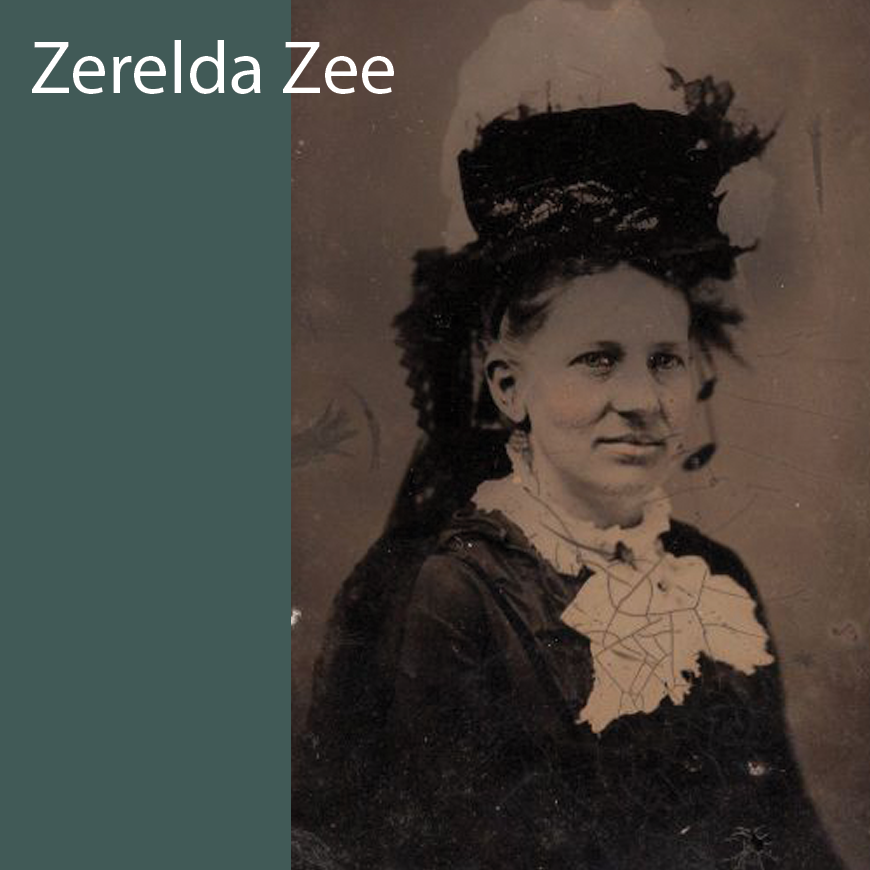
- Zerelda Amanda Mimms Zee: wife of Jesse James while the James-Younger Gang was still in full force in 1874; daughter of a pastor, & her mother was the aunt of Jesse James; they had two children survive. She was impoverished after James’ death.

—— REAL LIFE WOMEN – REPRESENTATIVE WESTERN FASHION ENSEMBLES 1840-1914 ——
—— (below) “Farm Dress Up 1841” ——
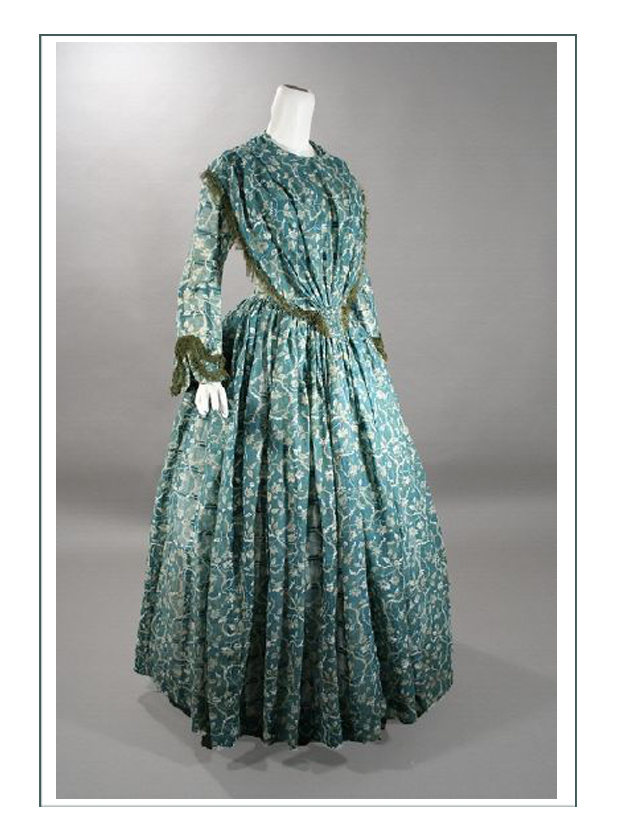
—— (below) “Settler American West 1845 ” ——
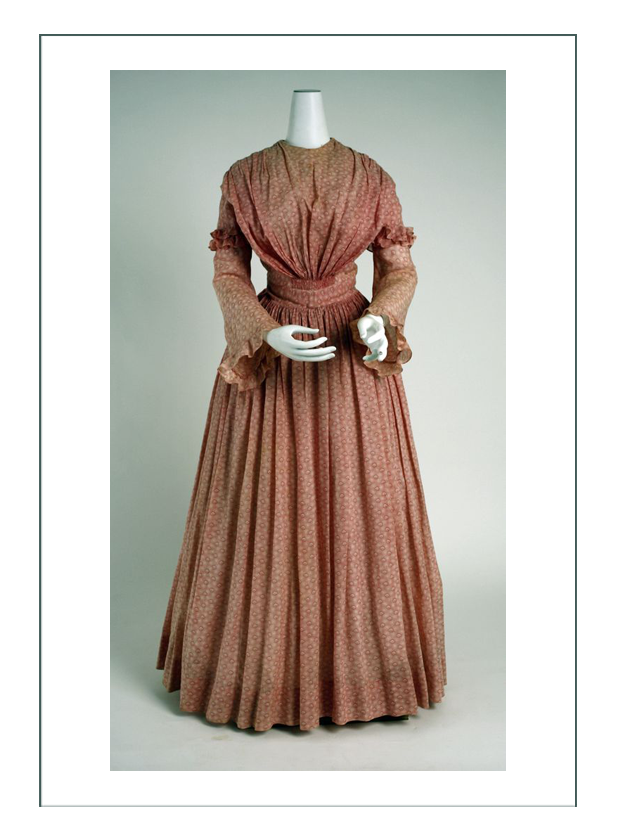
—— (below) “American Pioneer 1848” ——
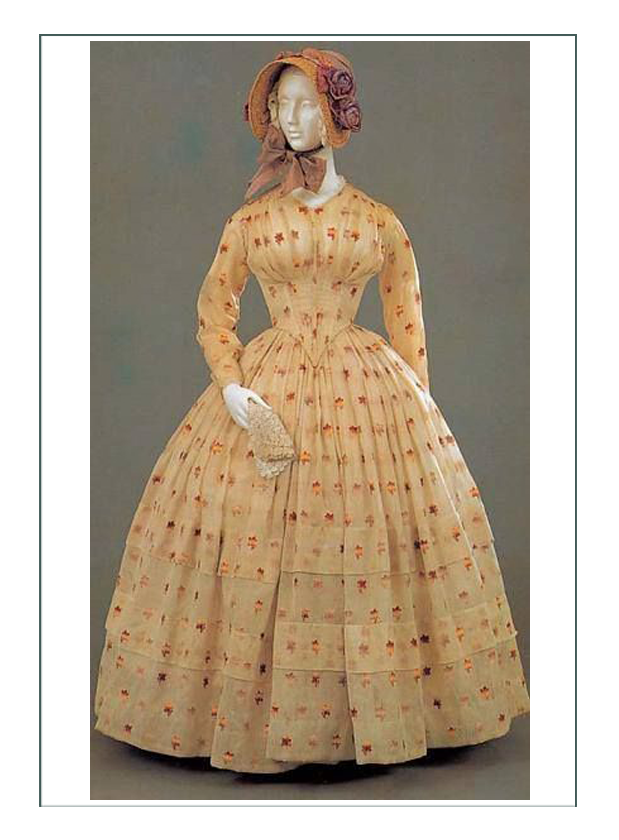
—— (below) “Pioneer 1849” ——
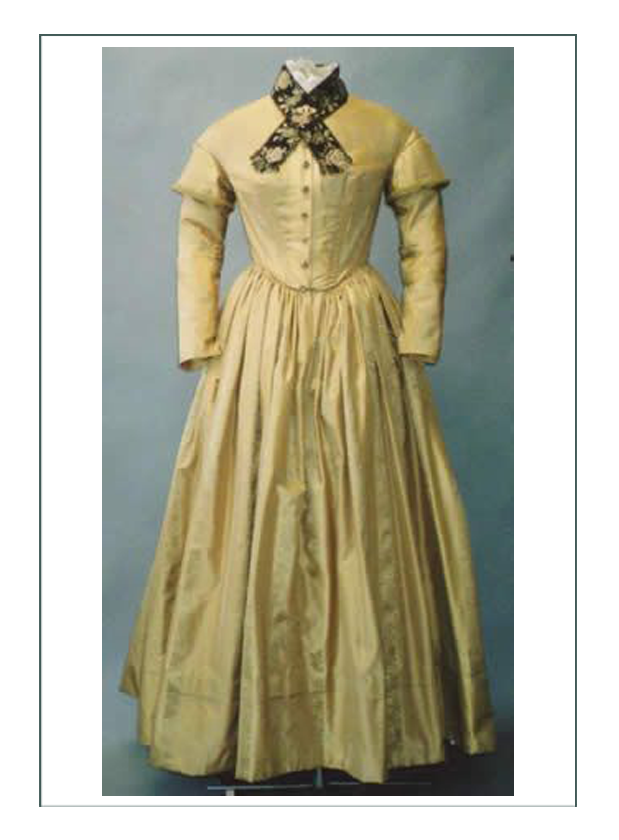
—— (below) “American Pioneer 1852” ——
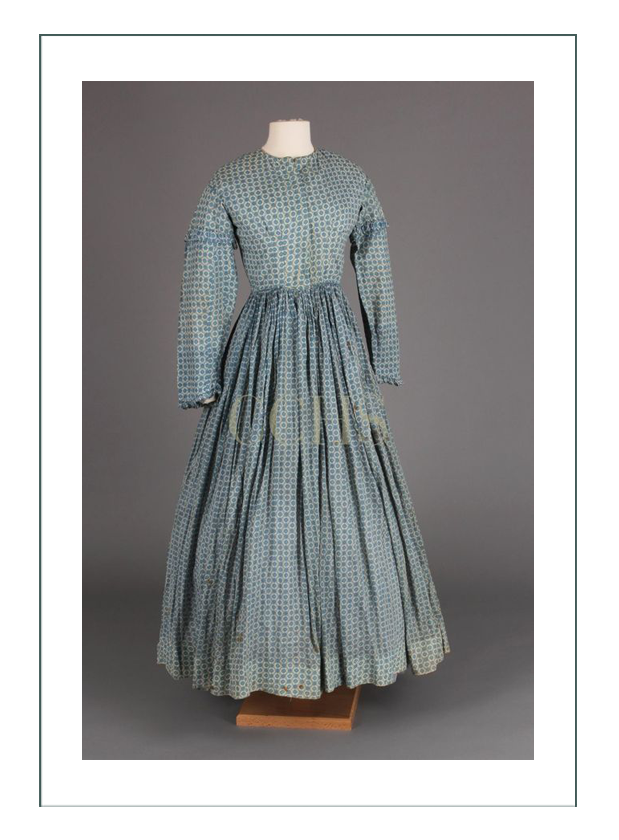
—— (below) “Western Tailored no hoop 1860” ——
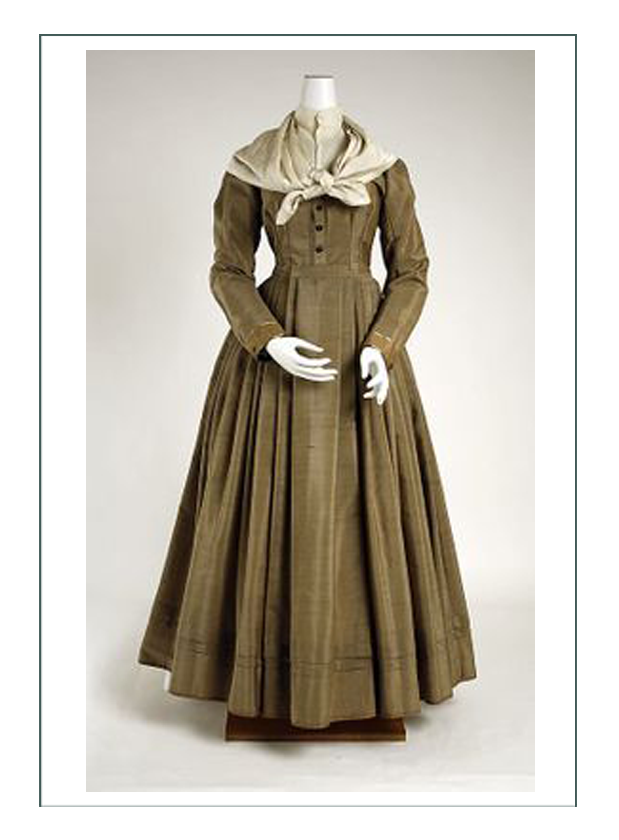
—— (below) “Wagon Train Open Robe 1875” ——
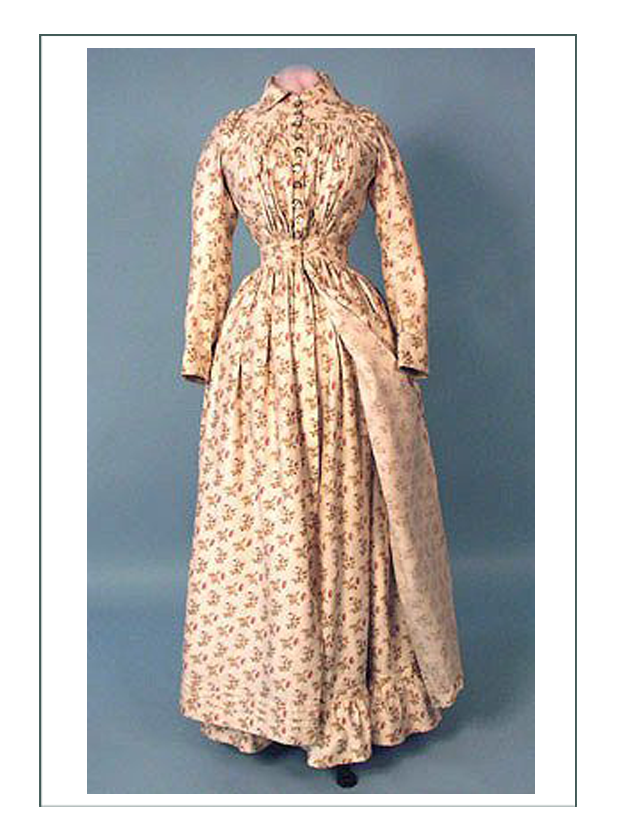
—— (below) “Small Bustle Town Dress 1881” ——
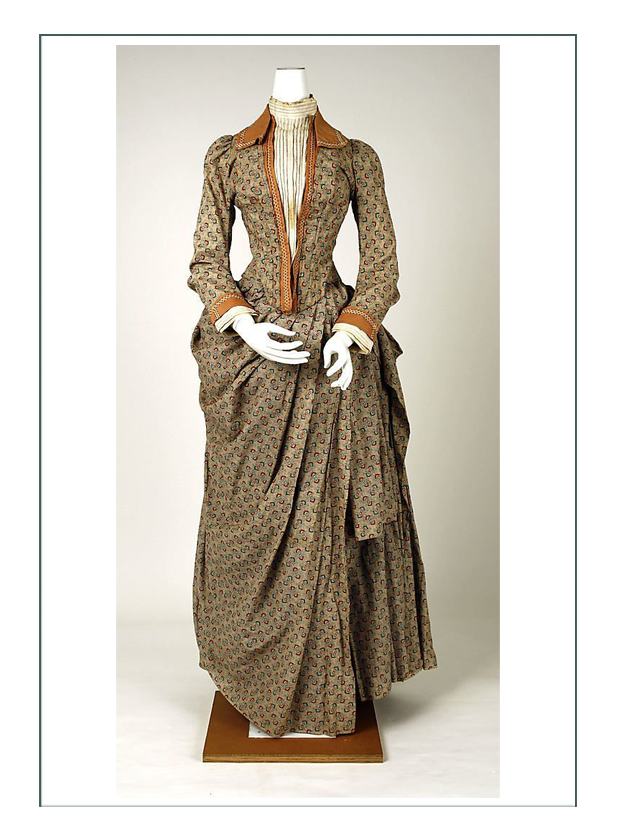
—— (below) “Working Ranch Women 1885” ——
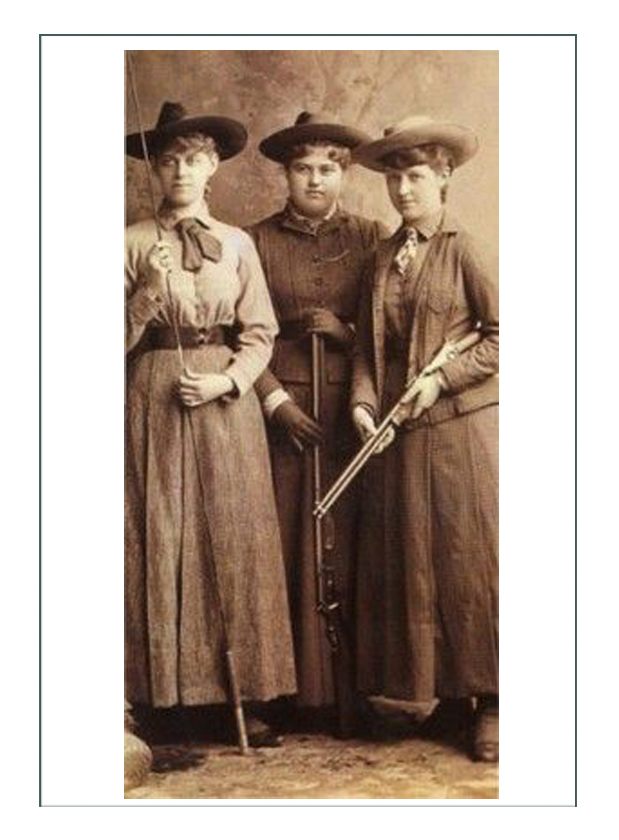
—— (below) “Pioneer Dress Up w Pseudo Bustle 1887” ——
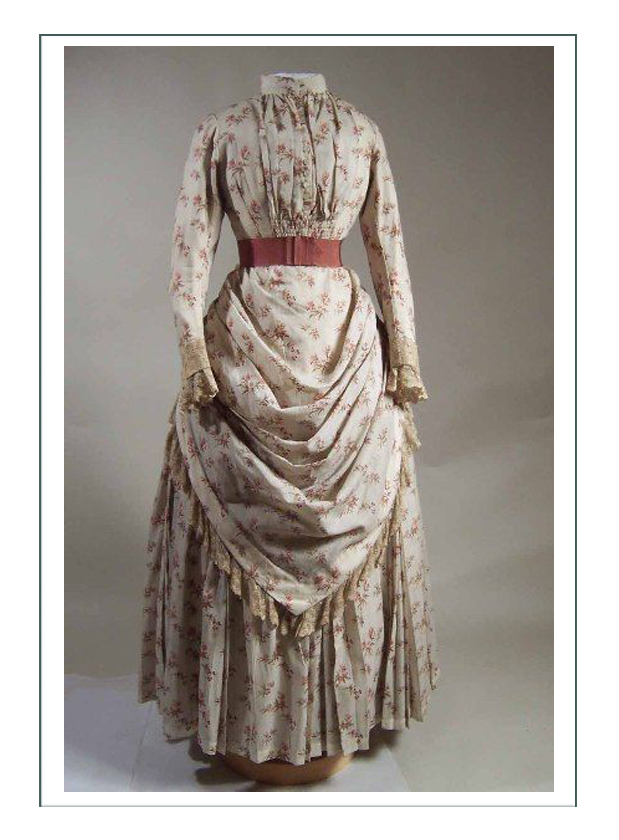
—— (below) “Stagecoach Driver 1889” ——
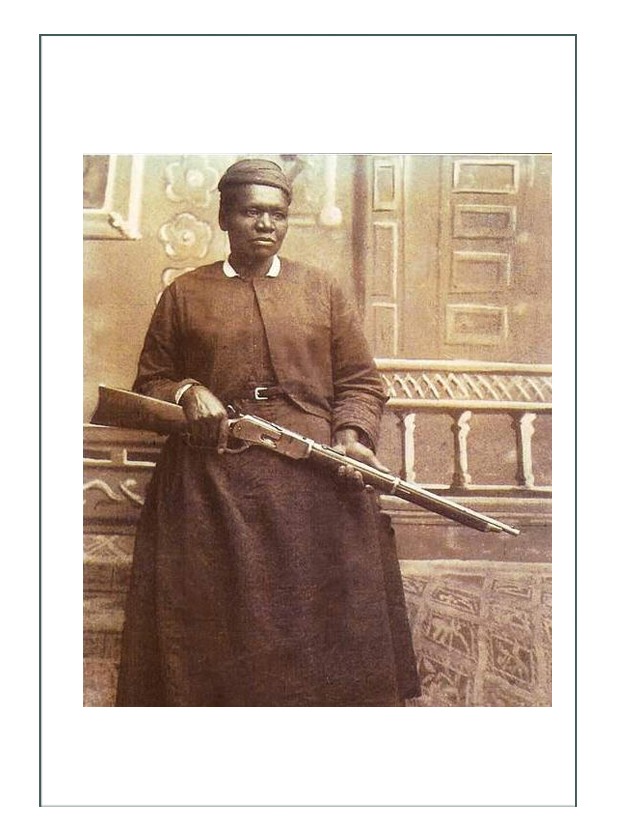
—— (below) “High Fashion Summer Dresses & Guns 1890” ——
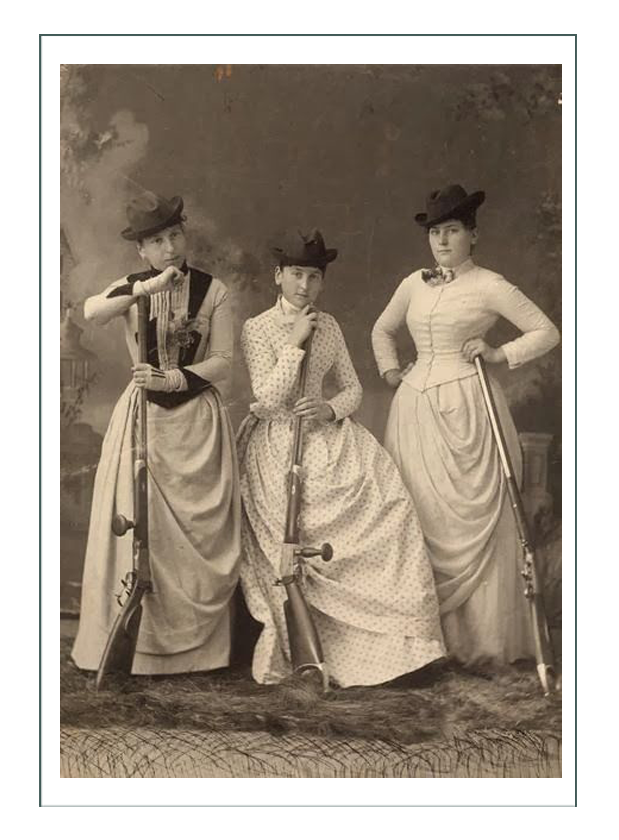
—— (below) “Oakley’s Performer’s Short Skirt 1904” ——
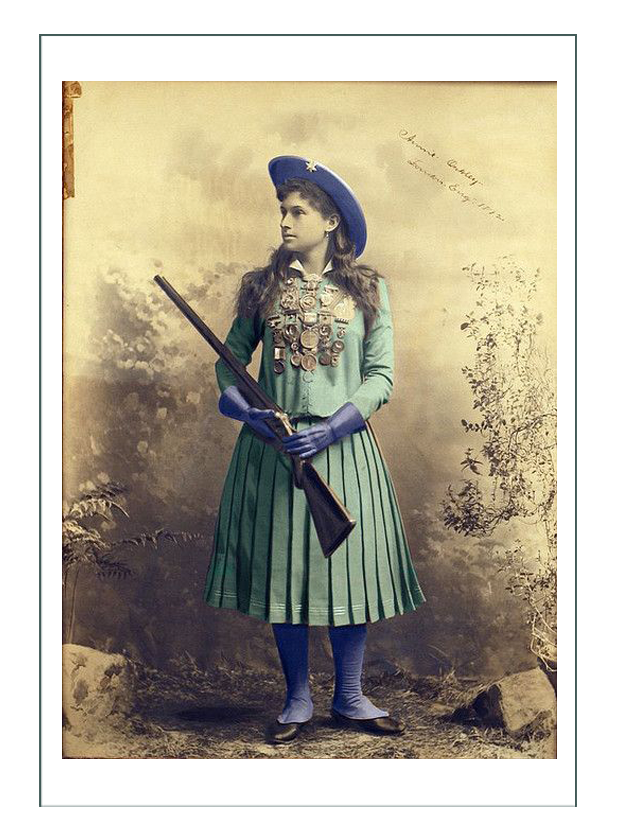
—— (below) “Split Skirt for Western style Riding Horse 1910” ——
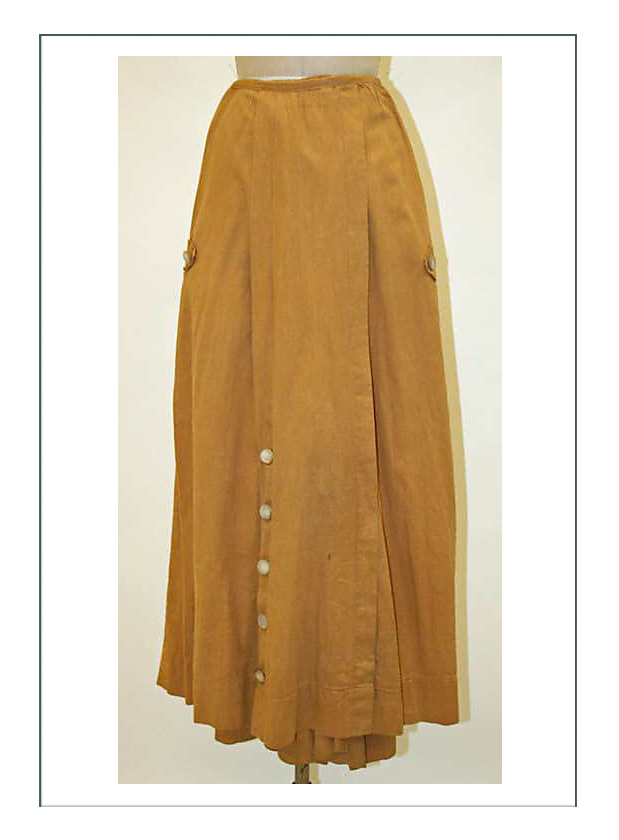 Click to go to top of page
Click to go to top of page
Click date below to go to a different era. We can replicate most ANY garment you see!
